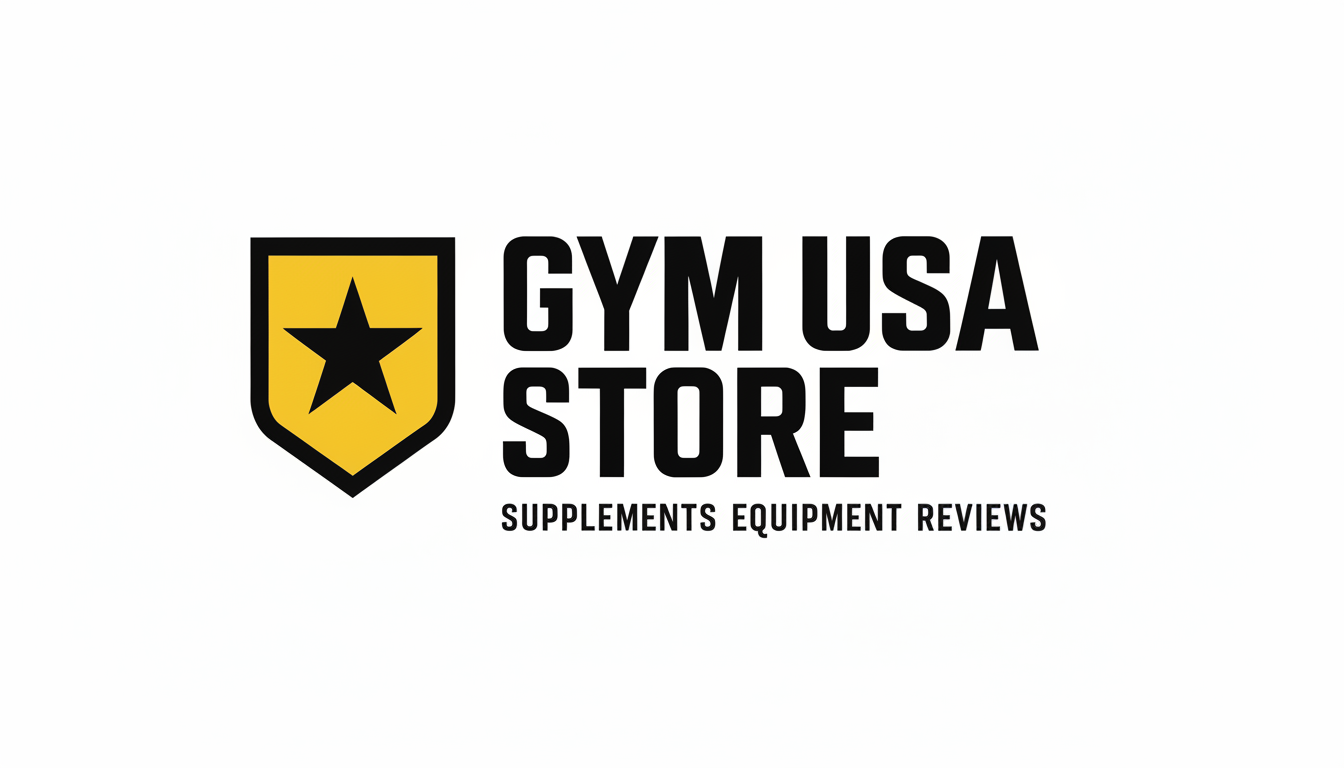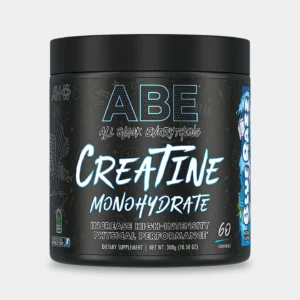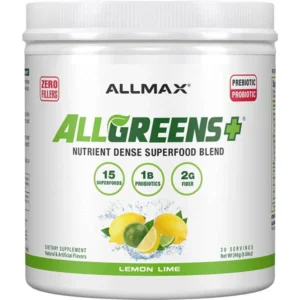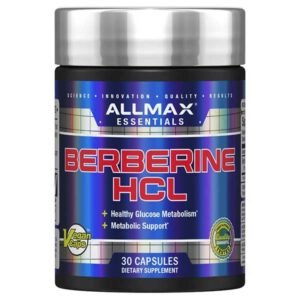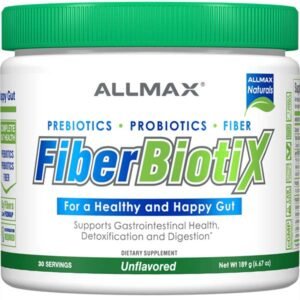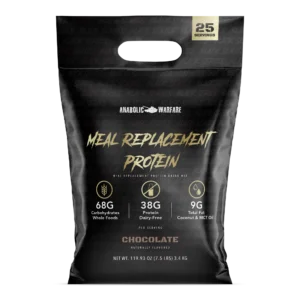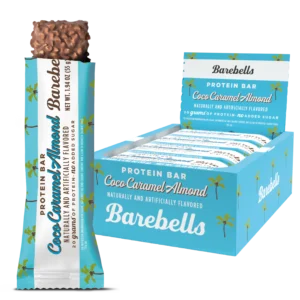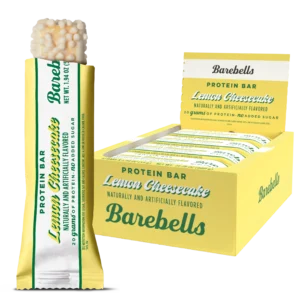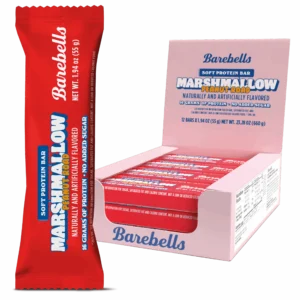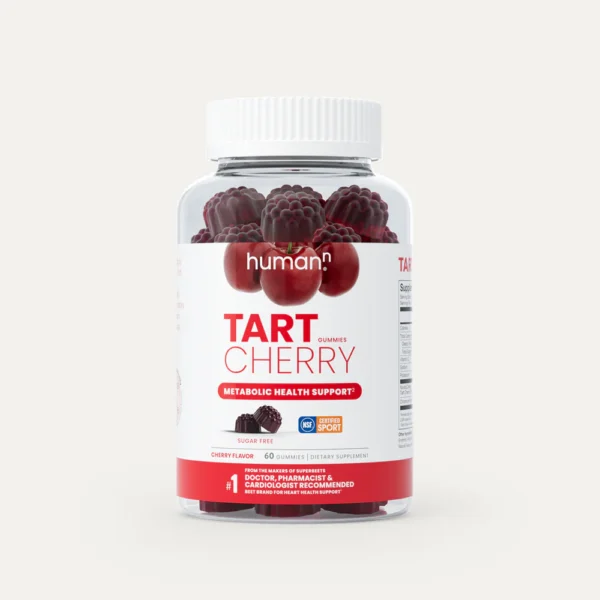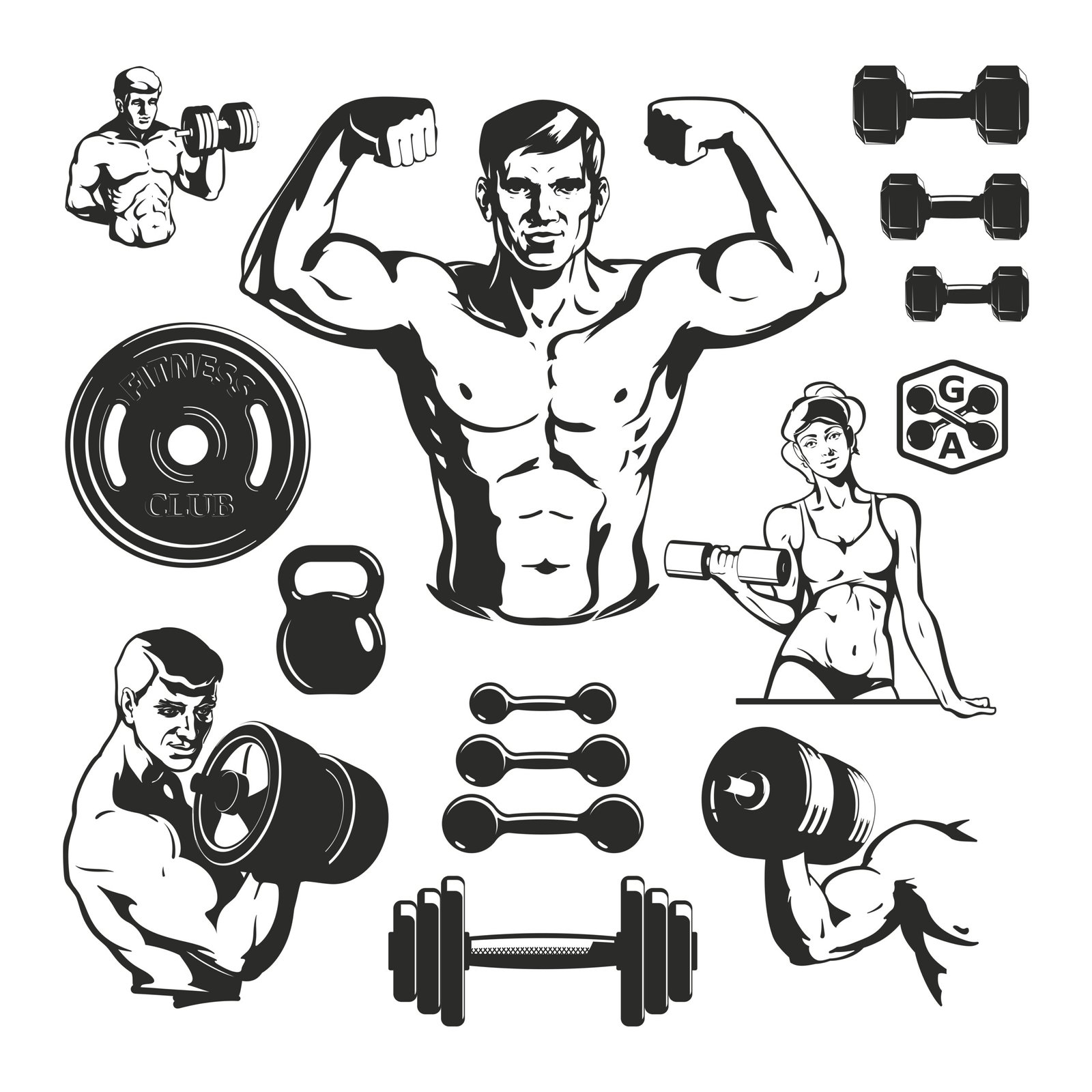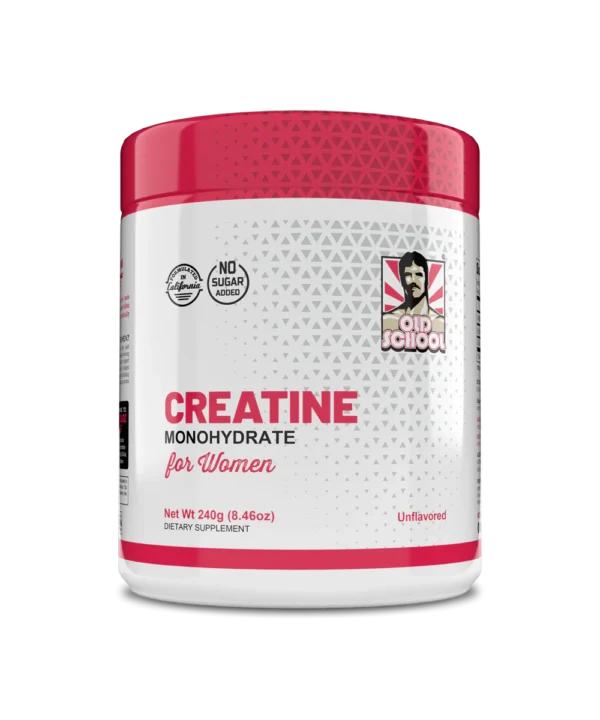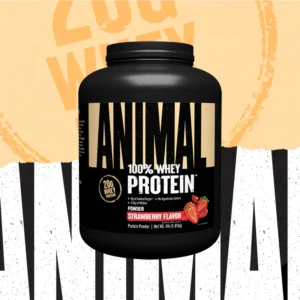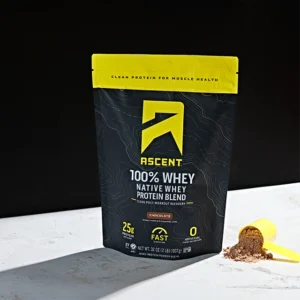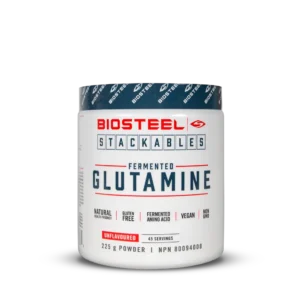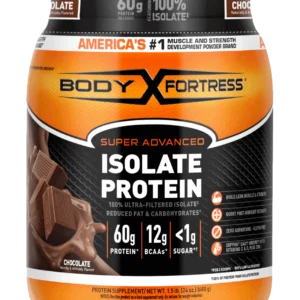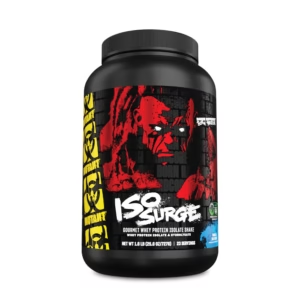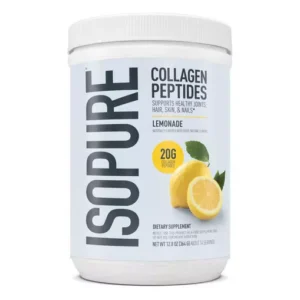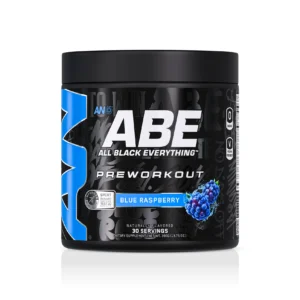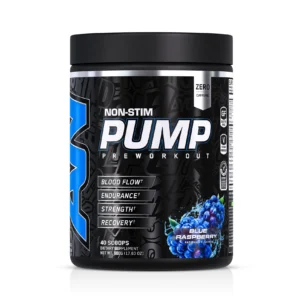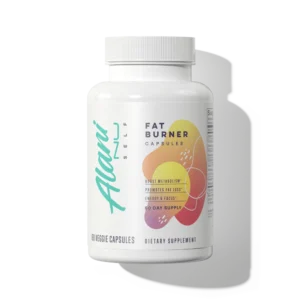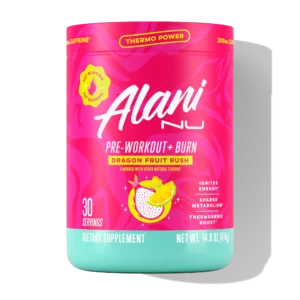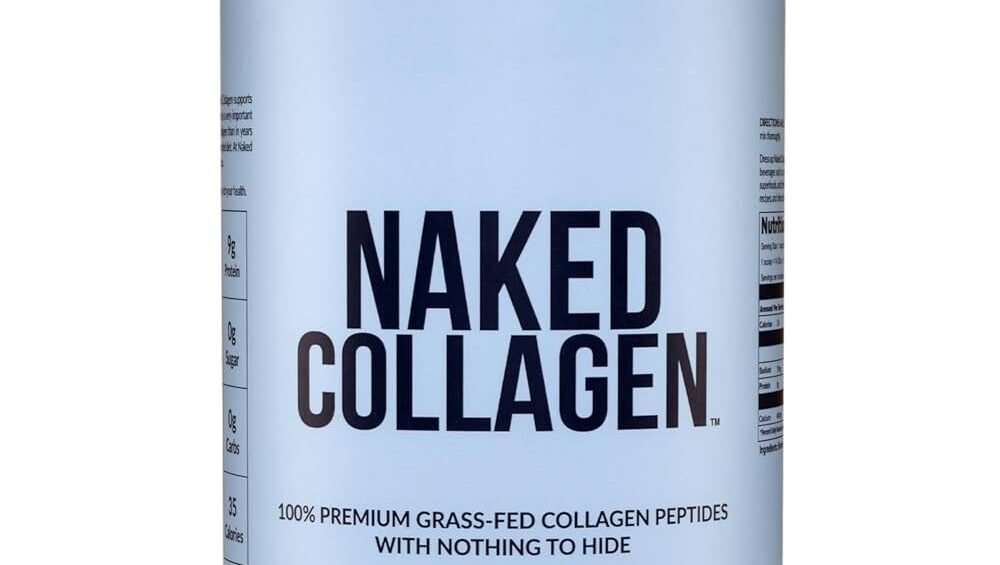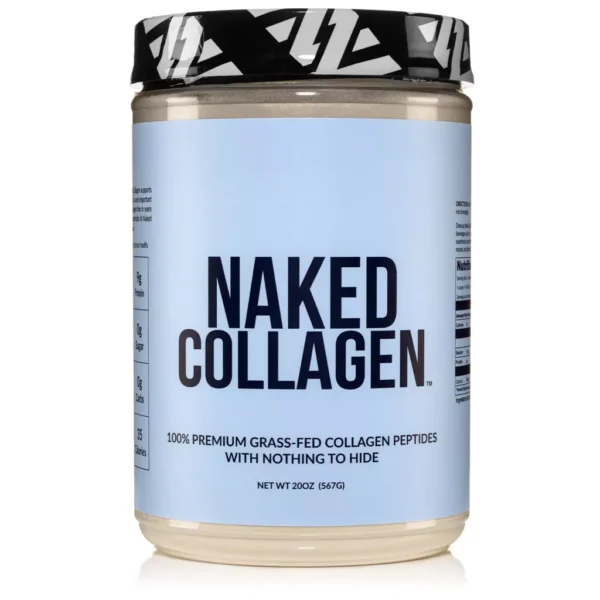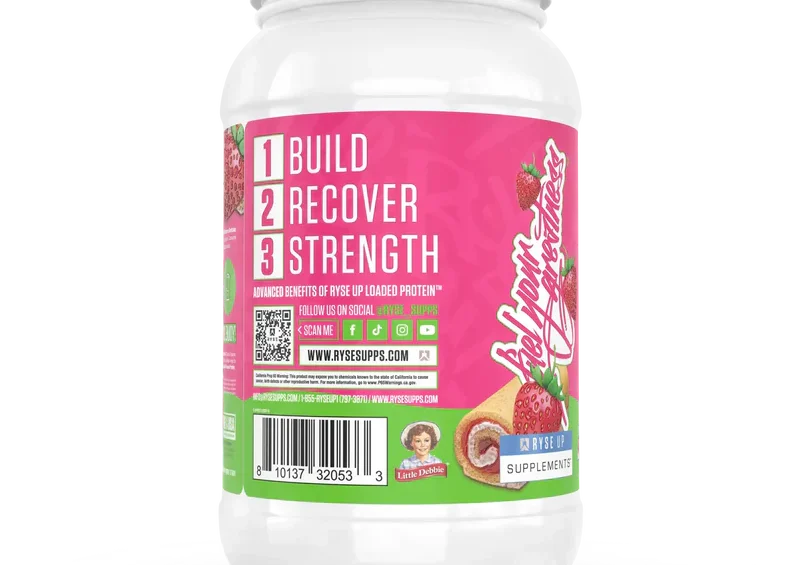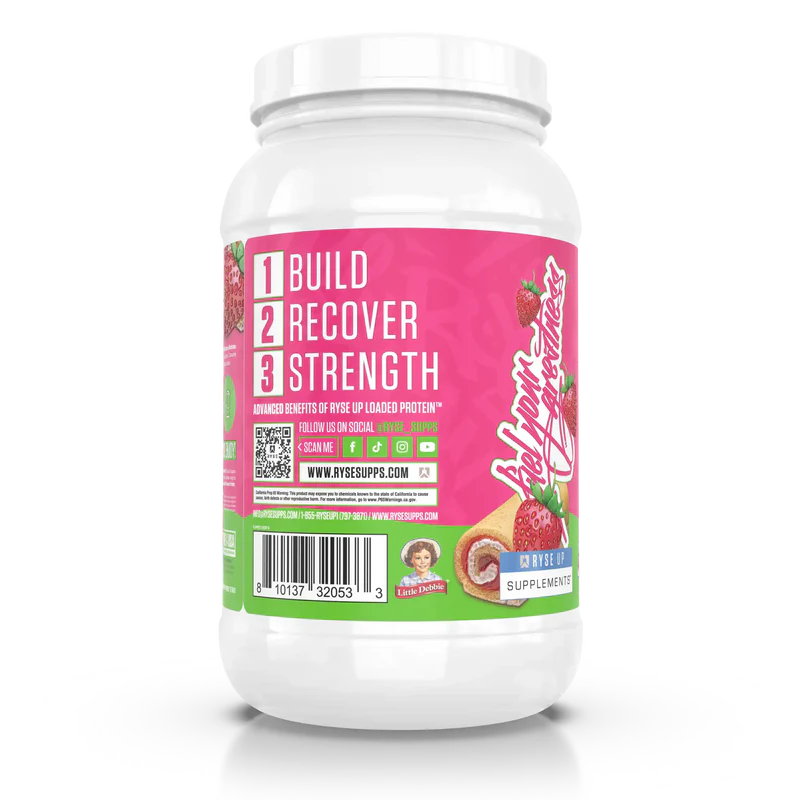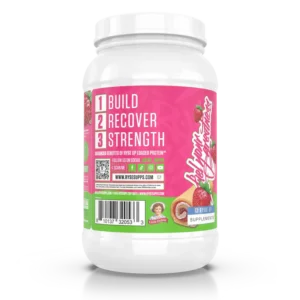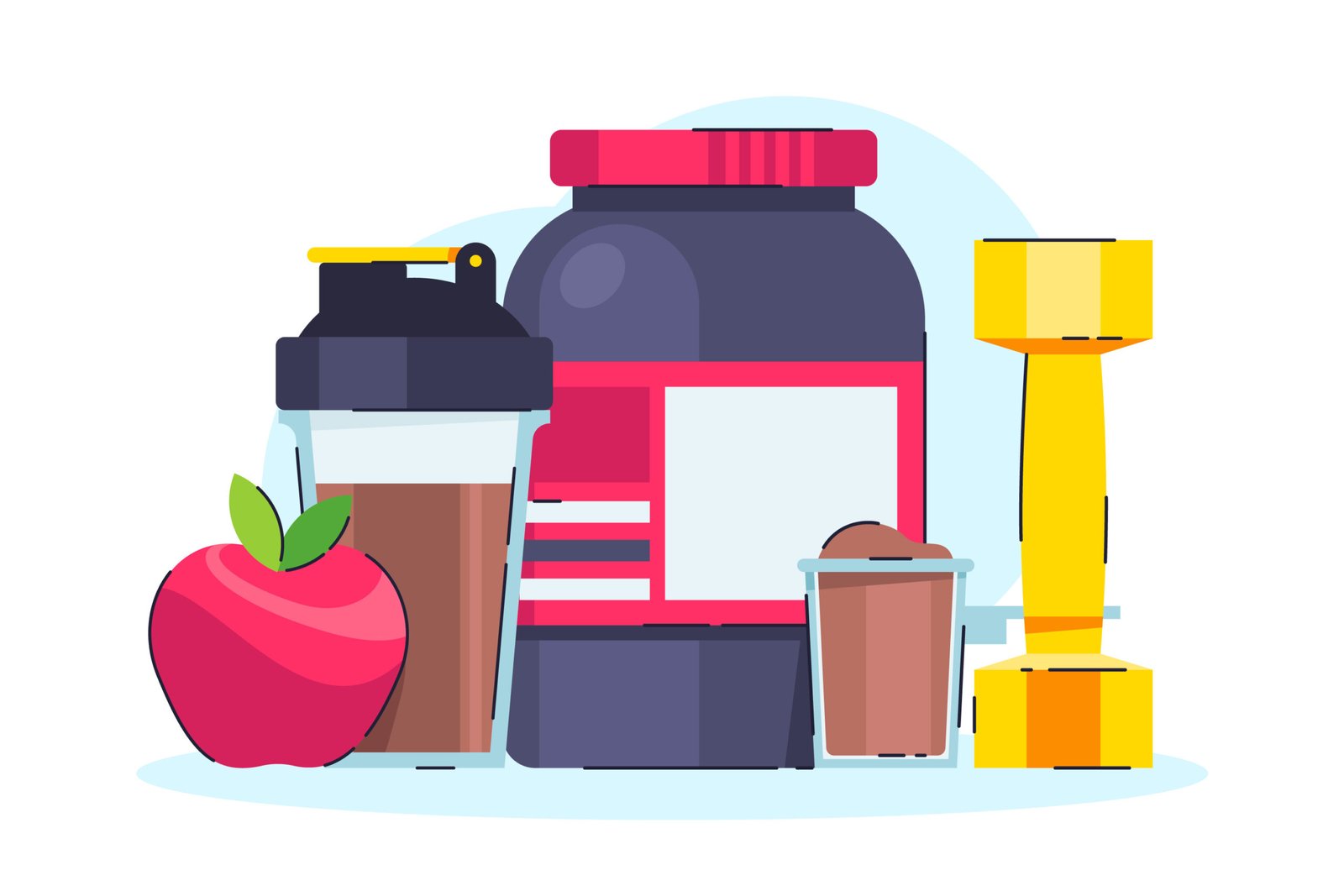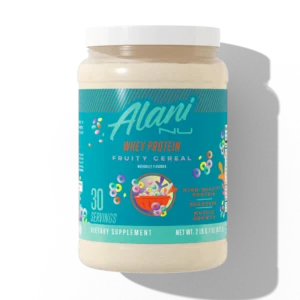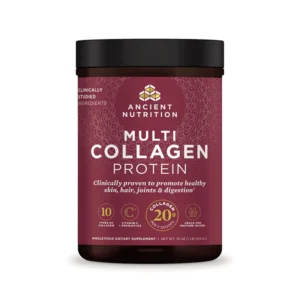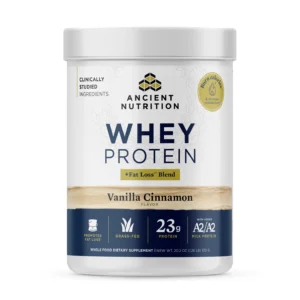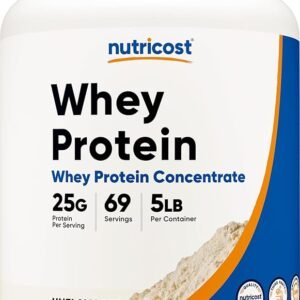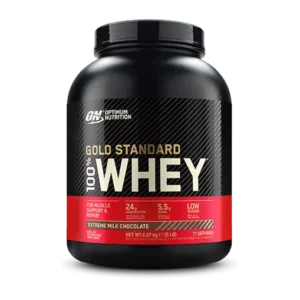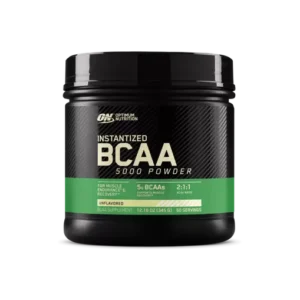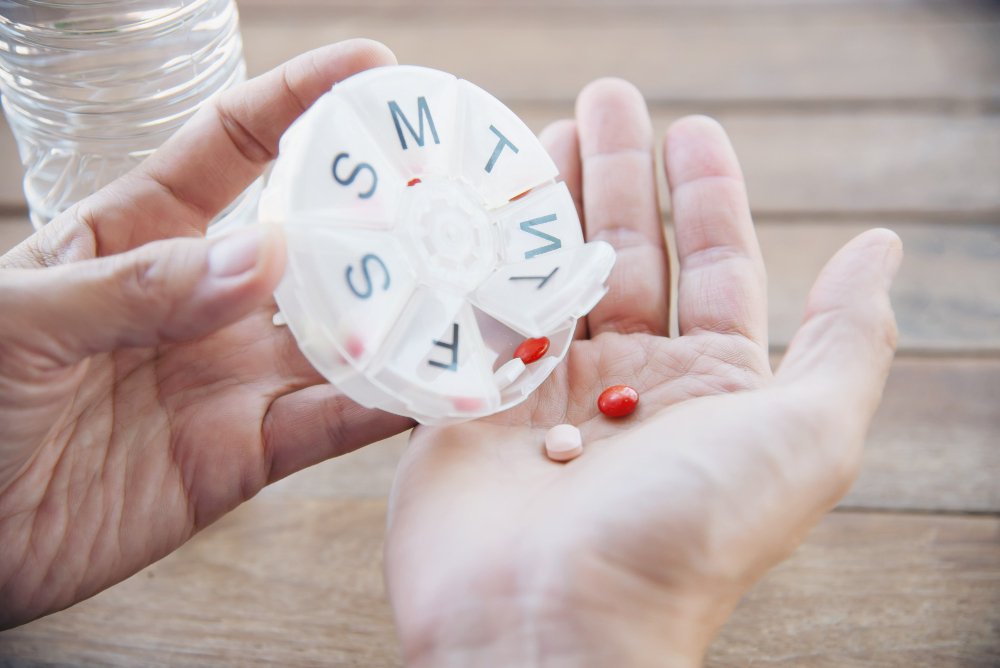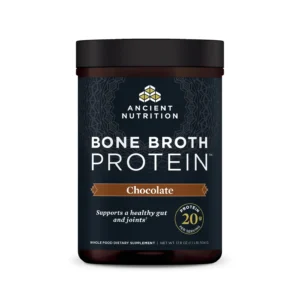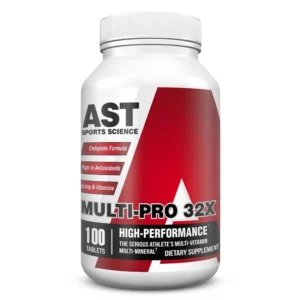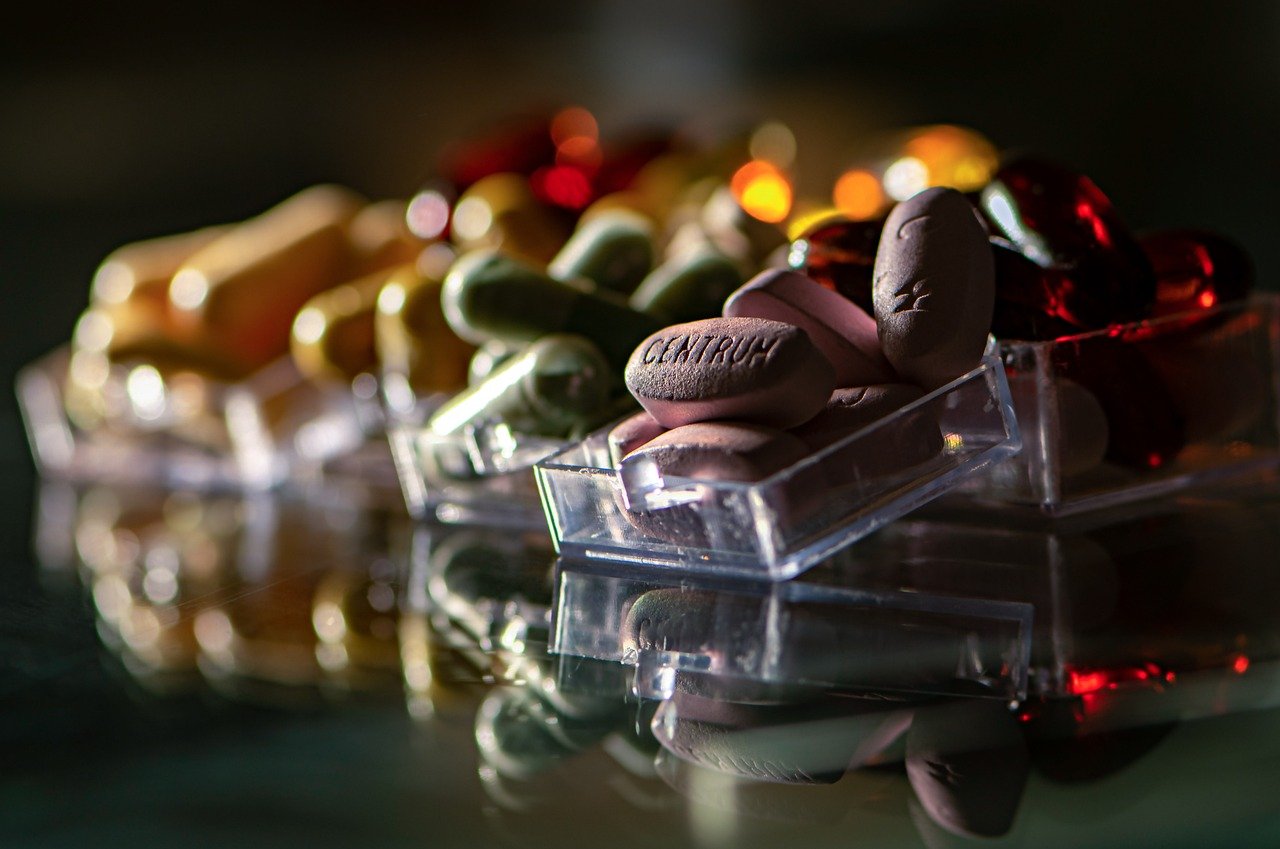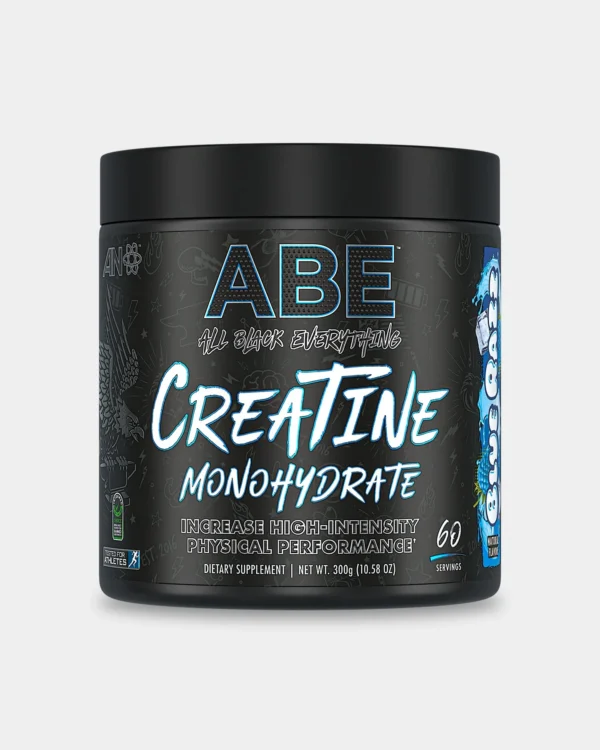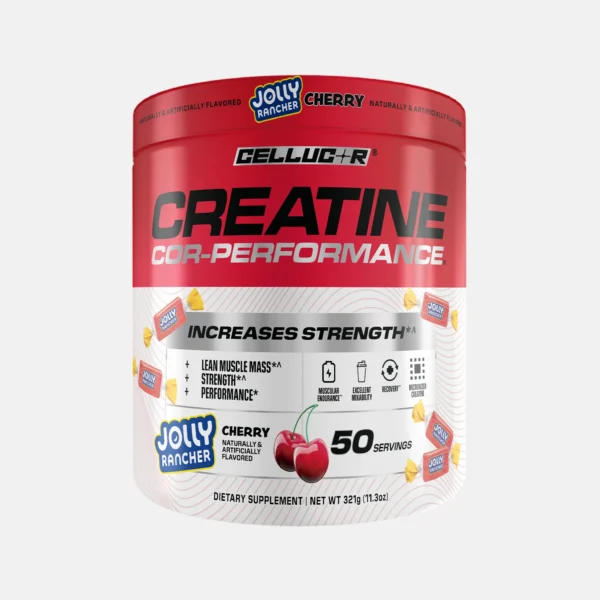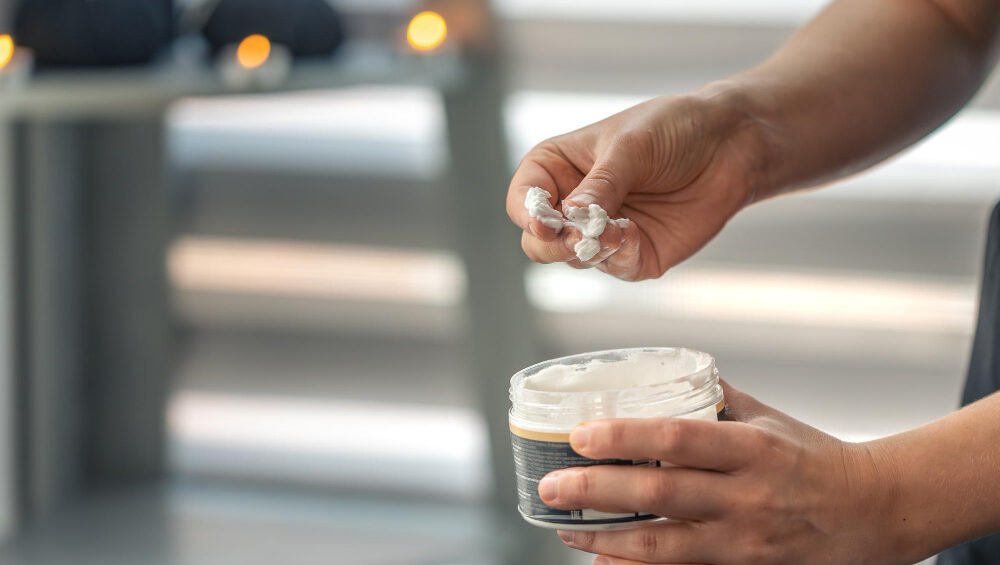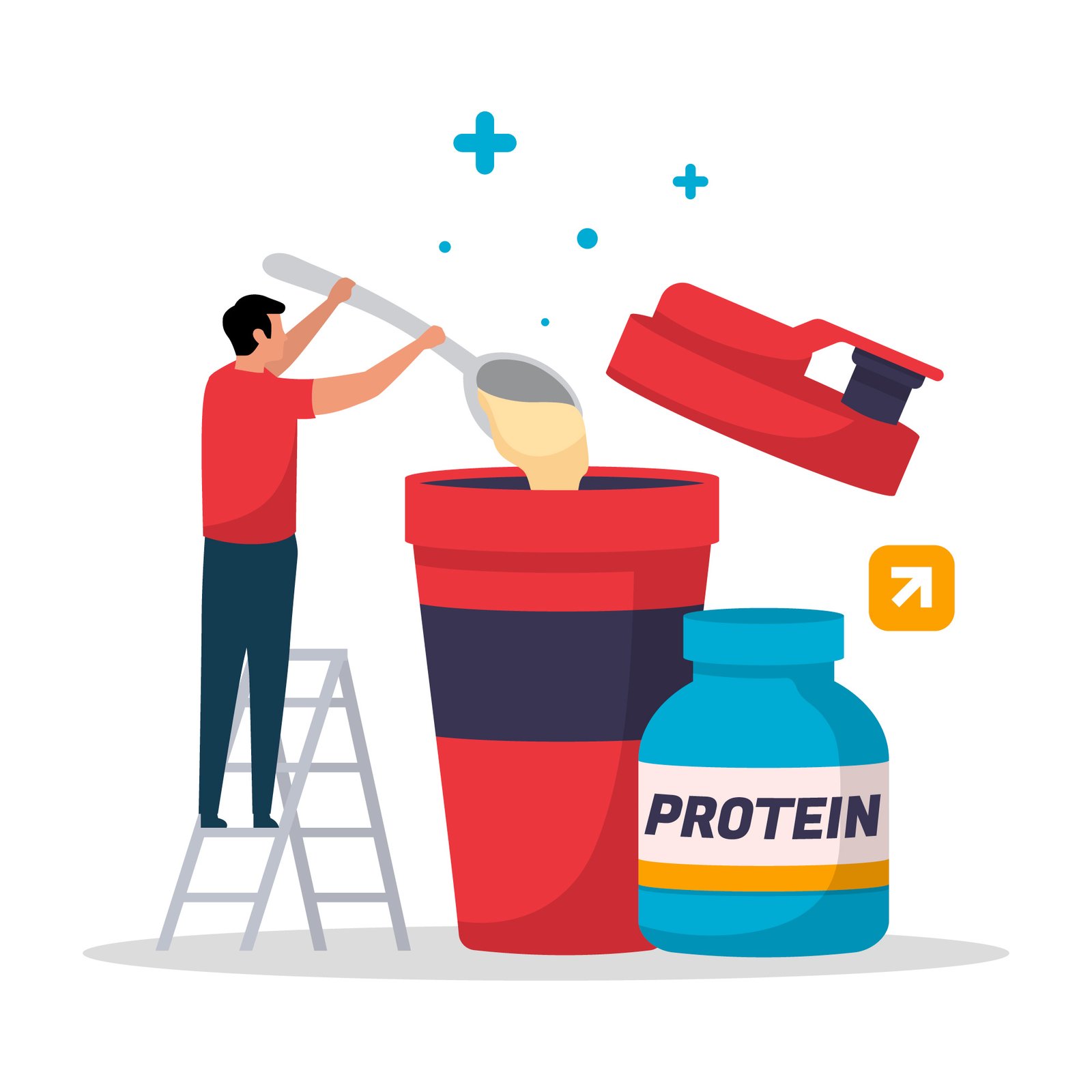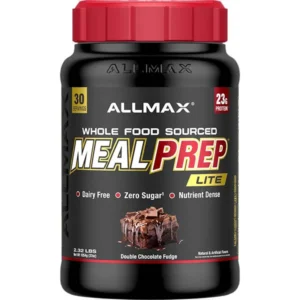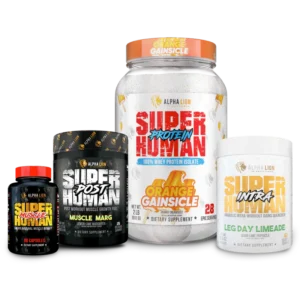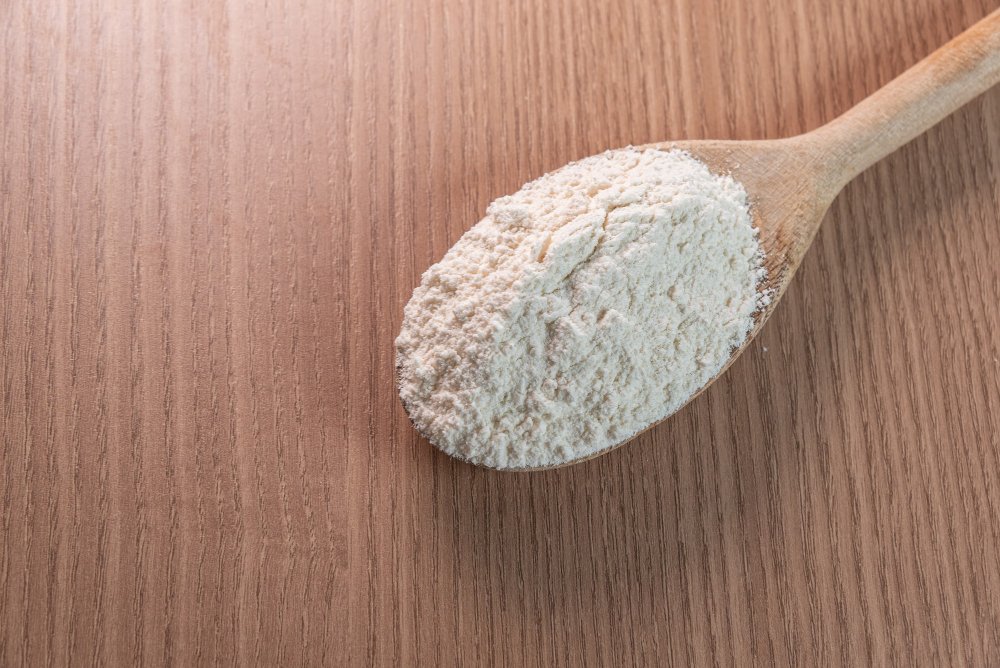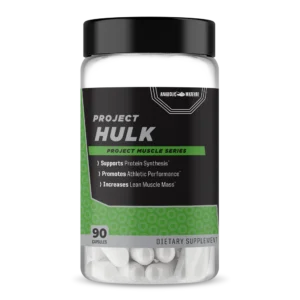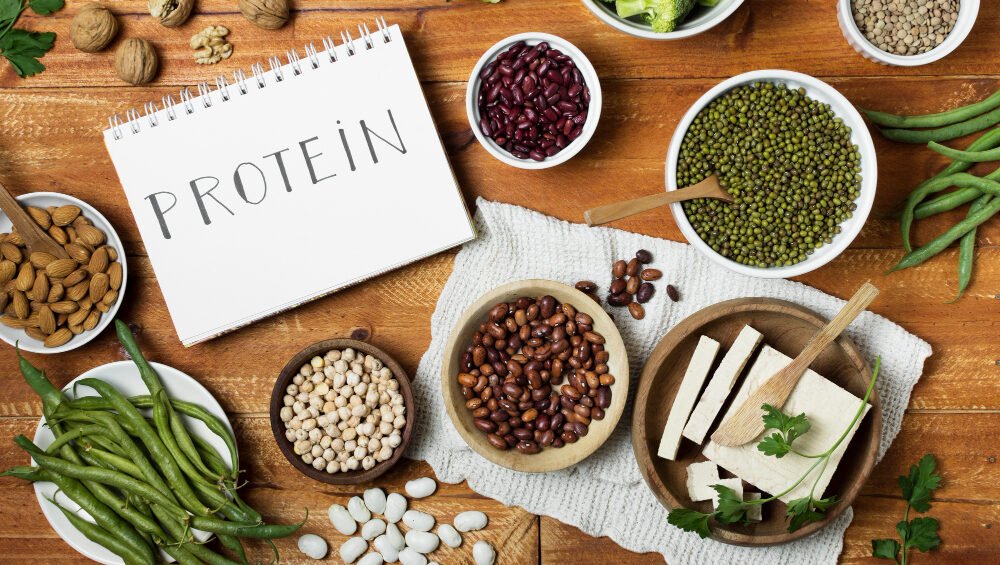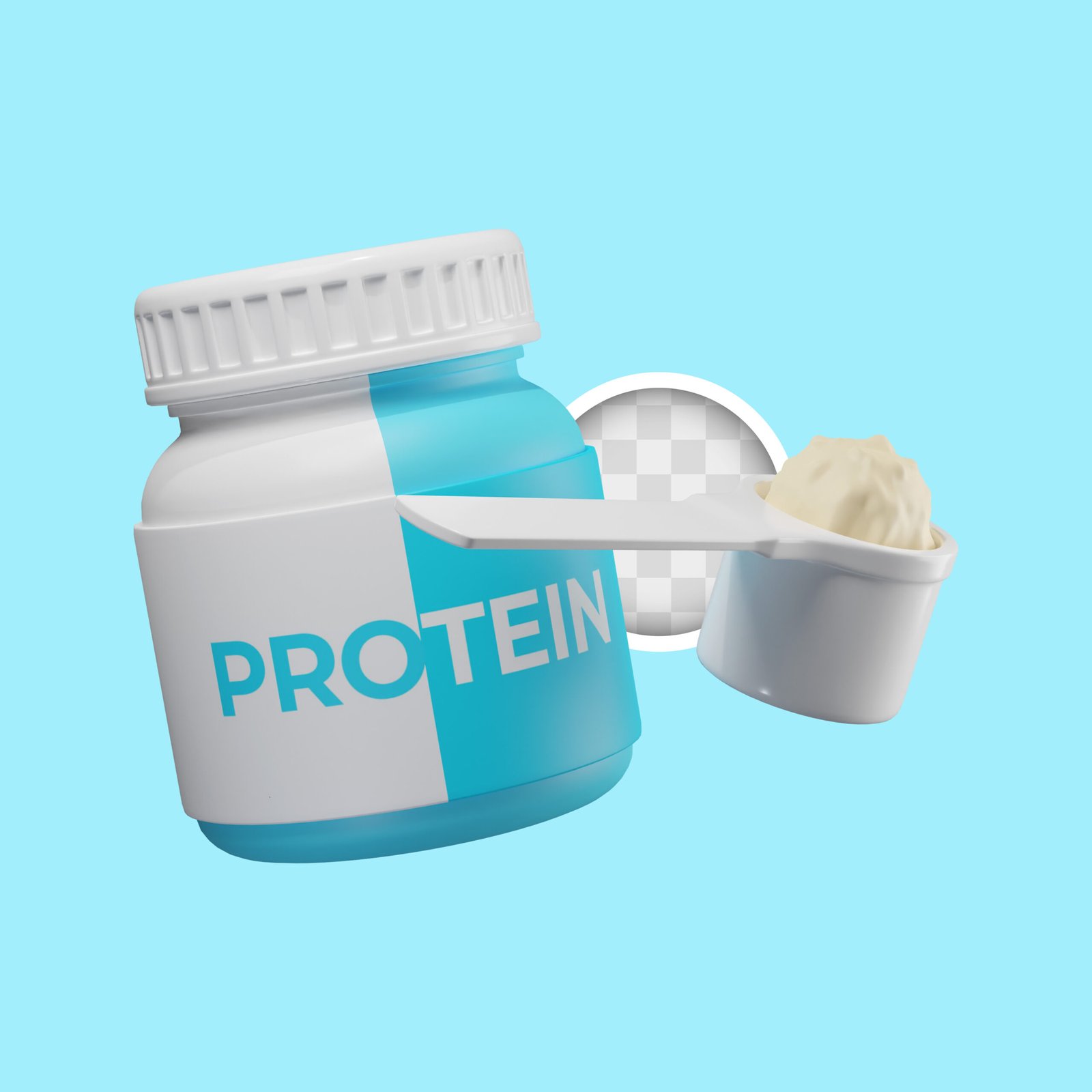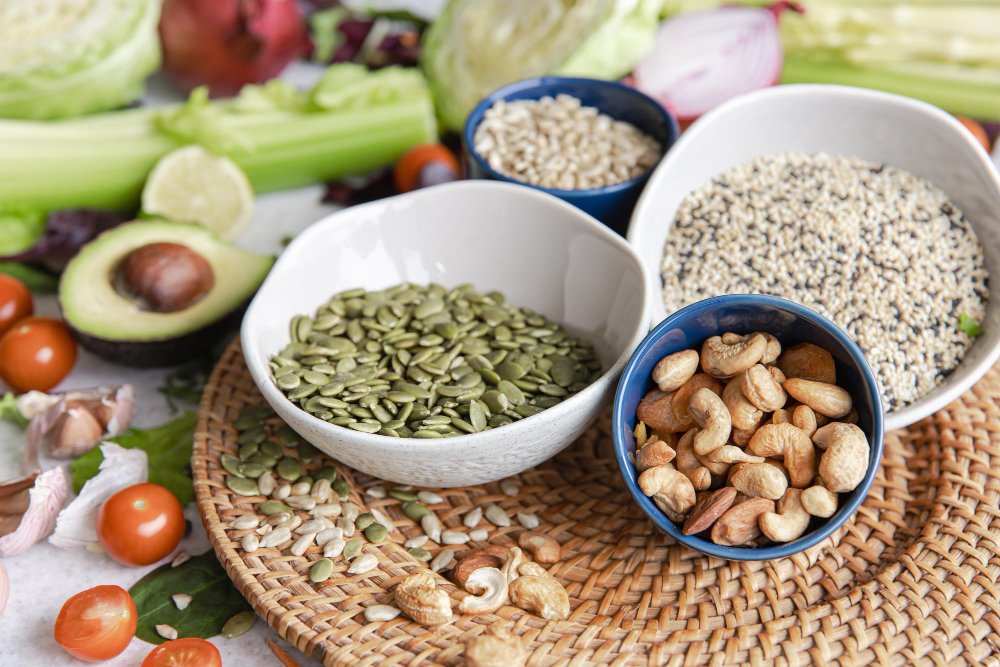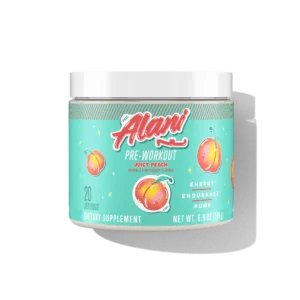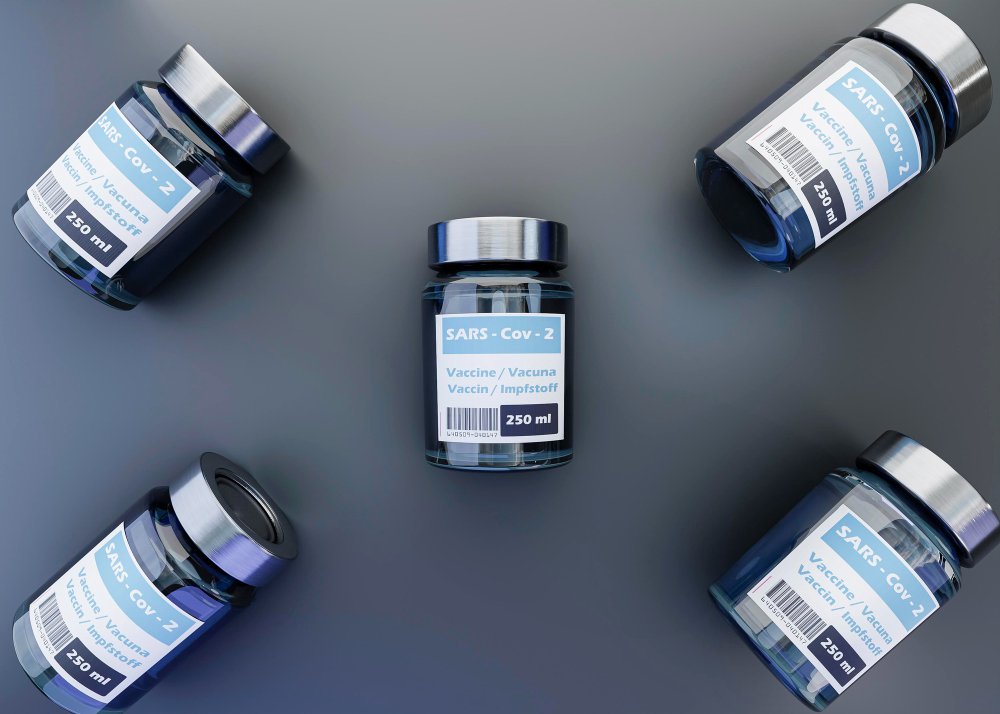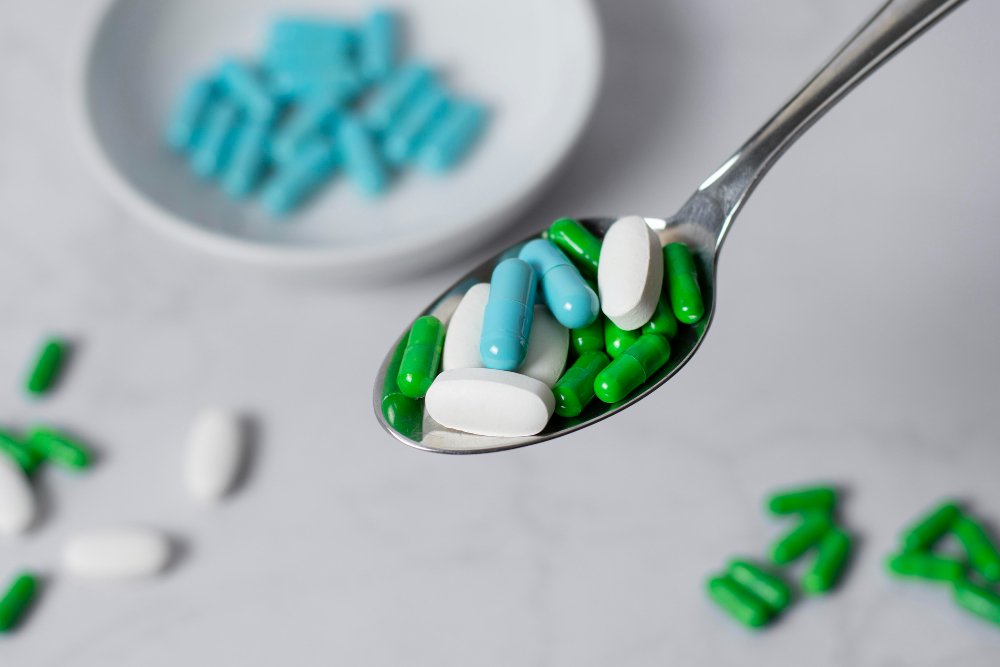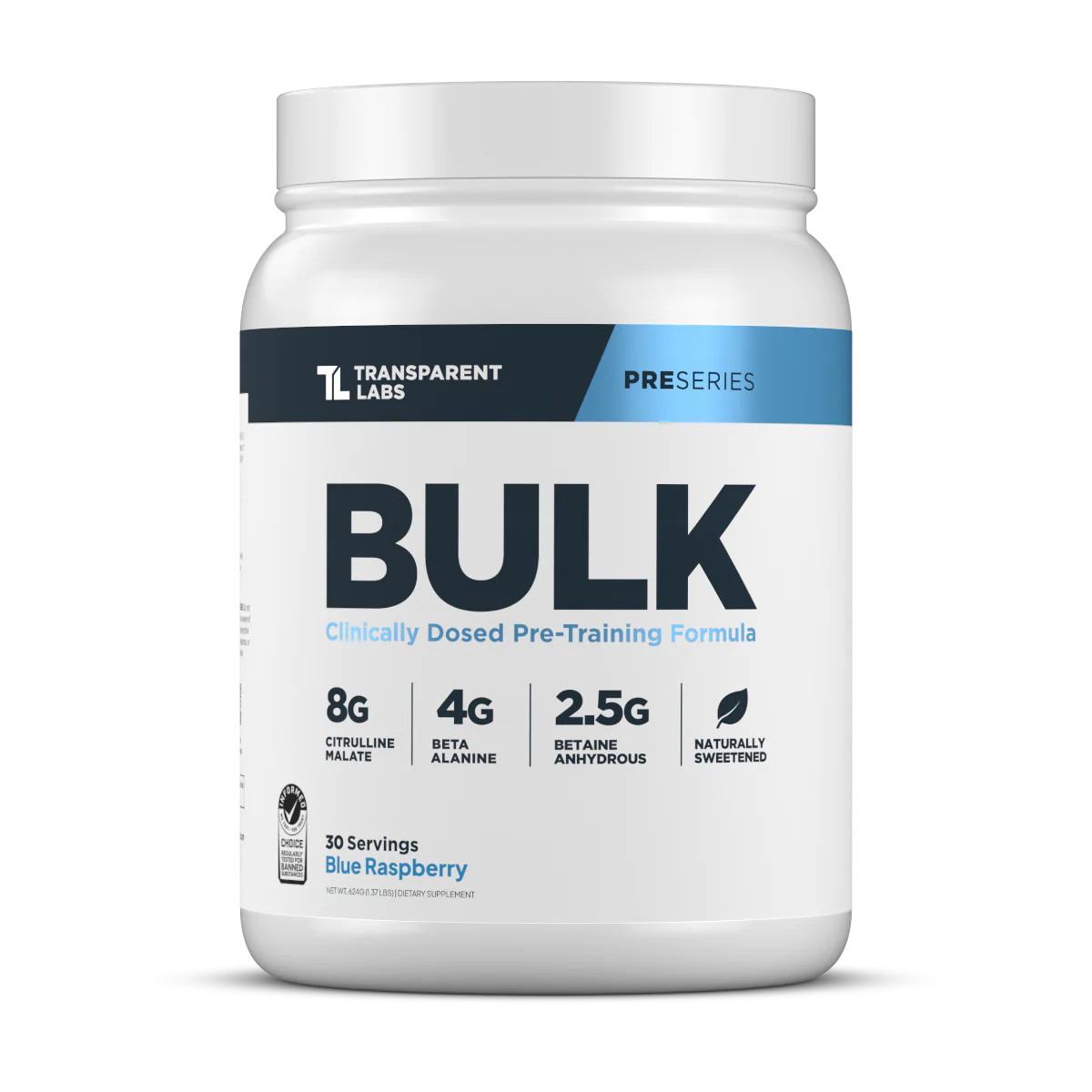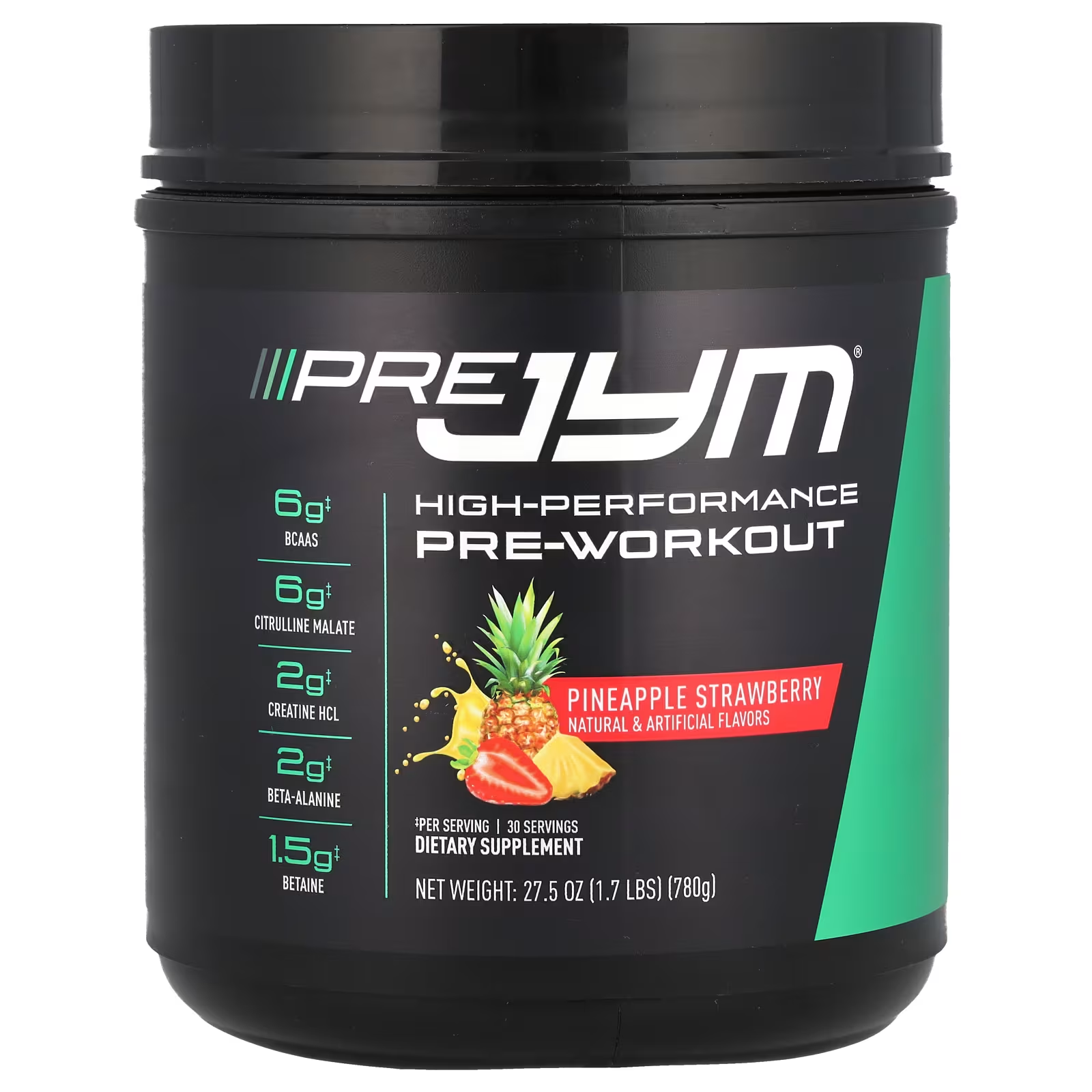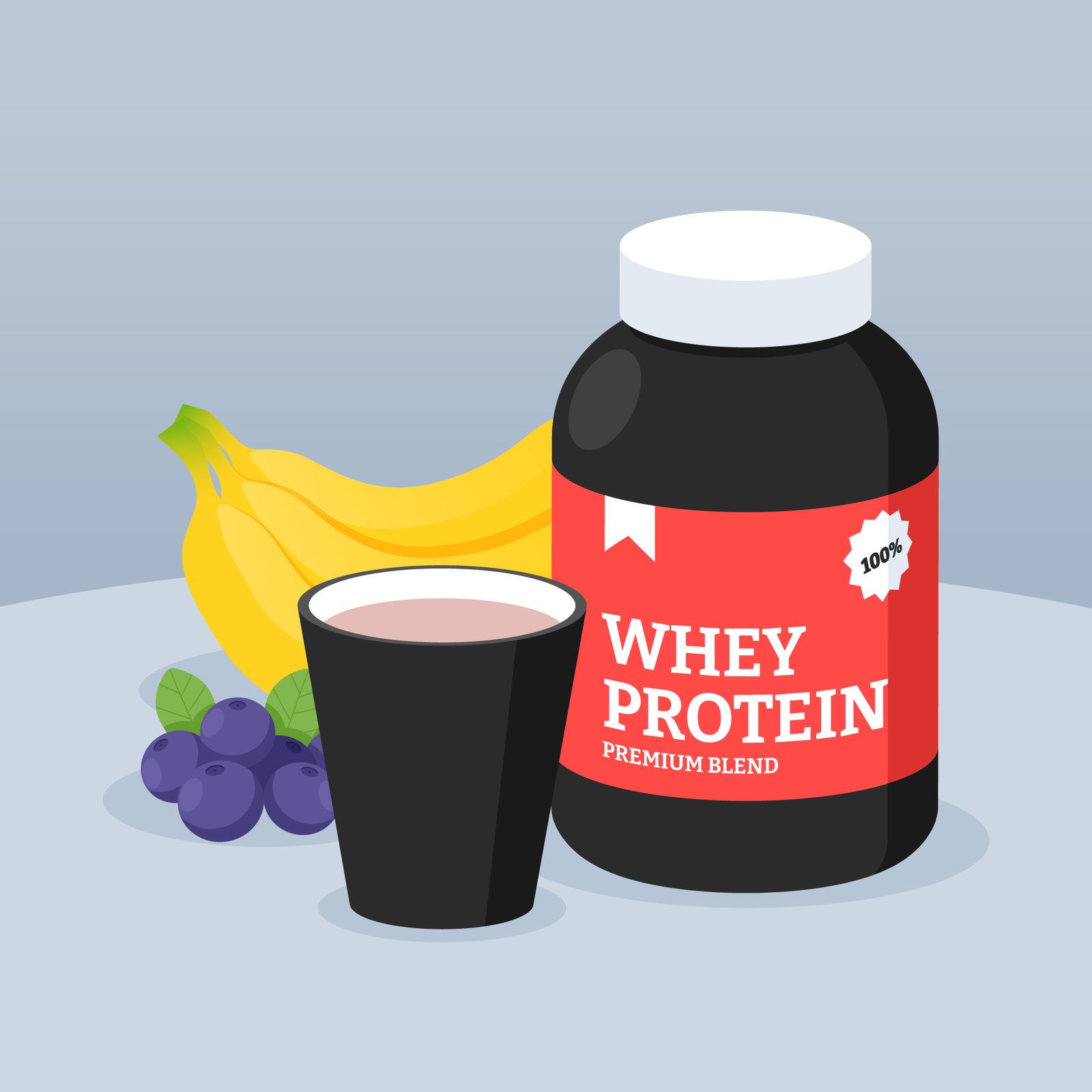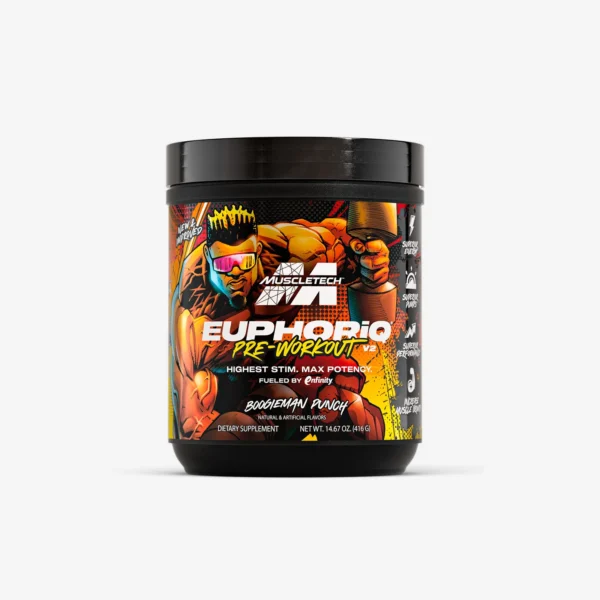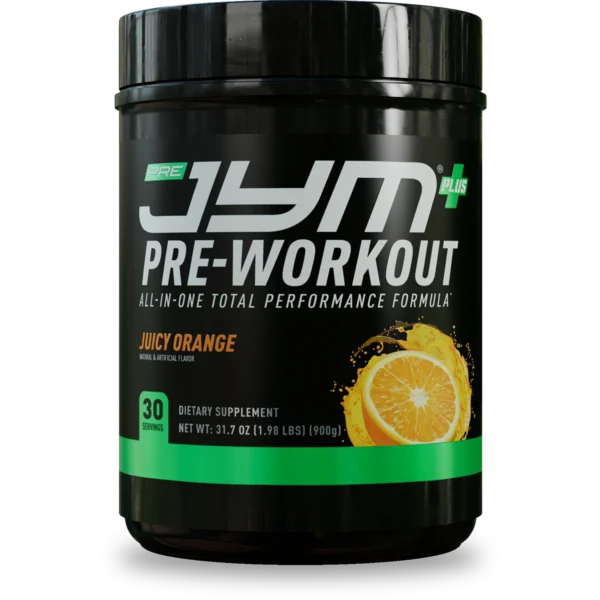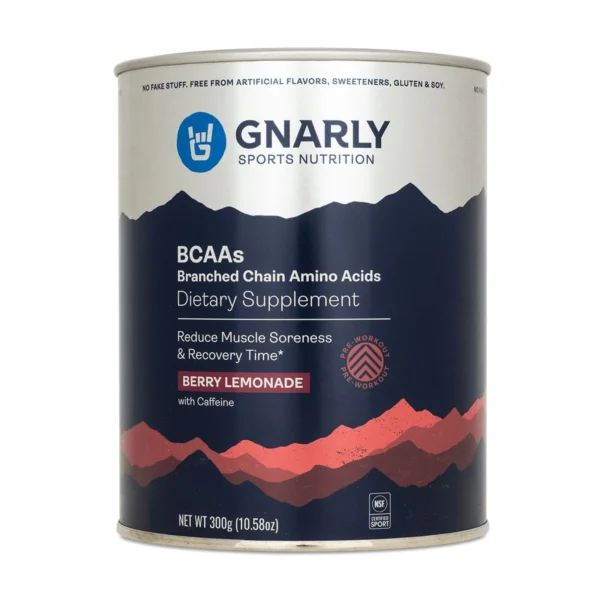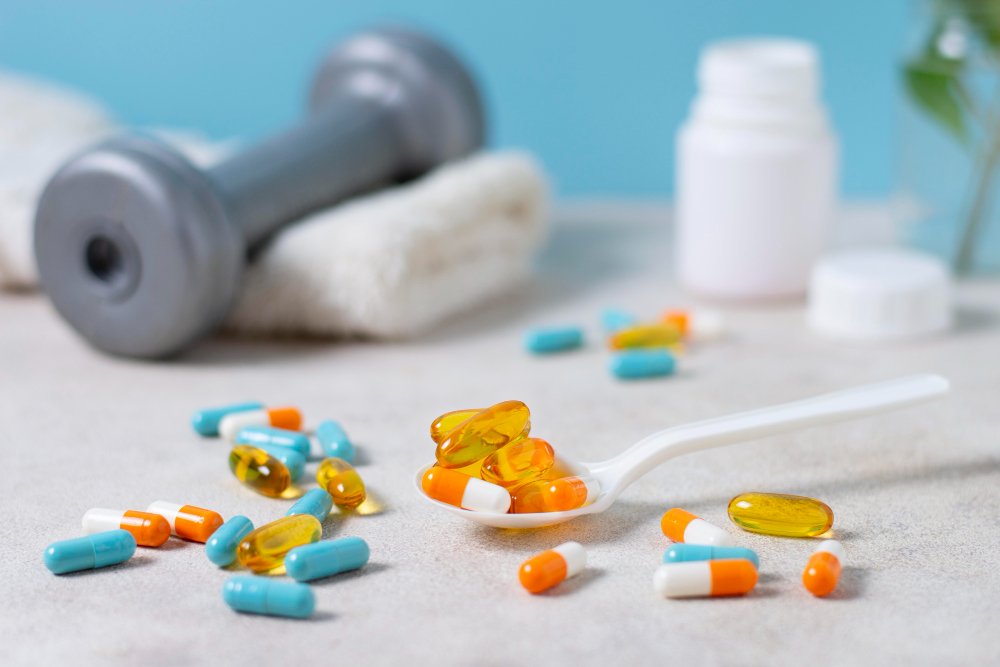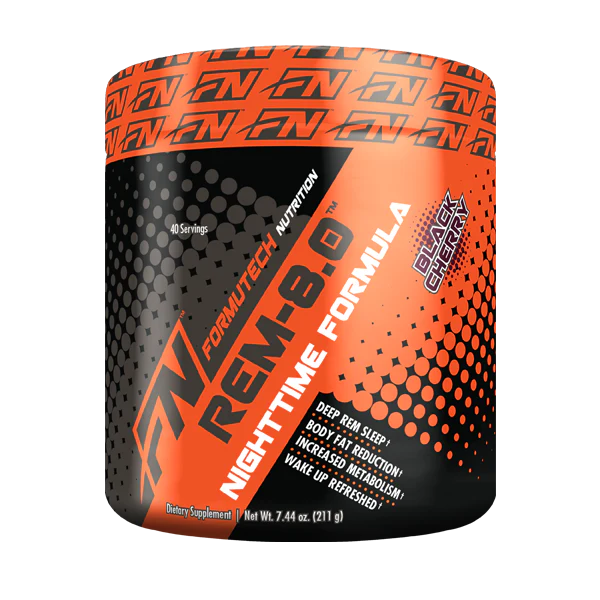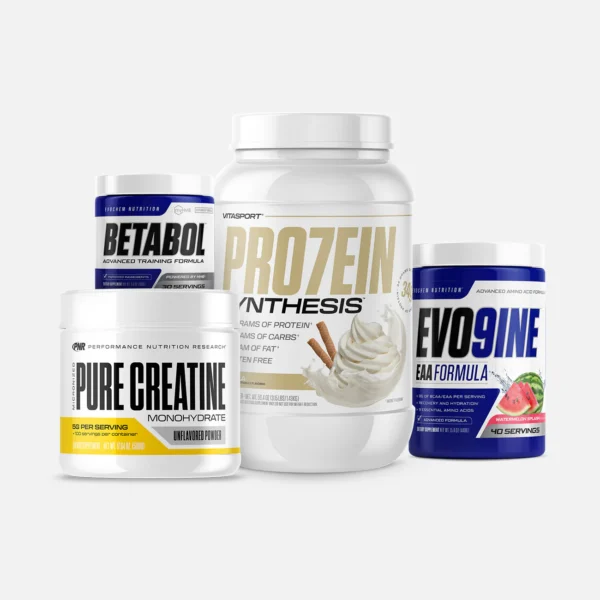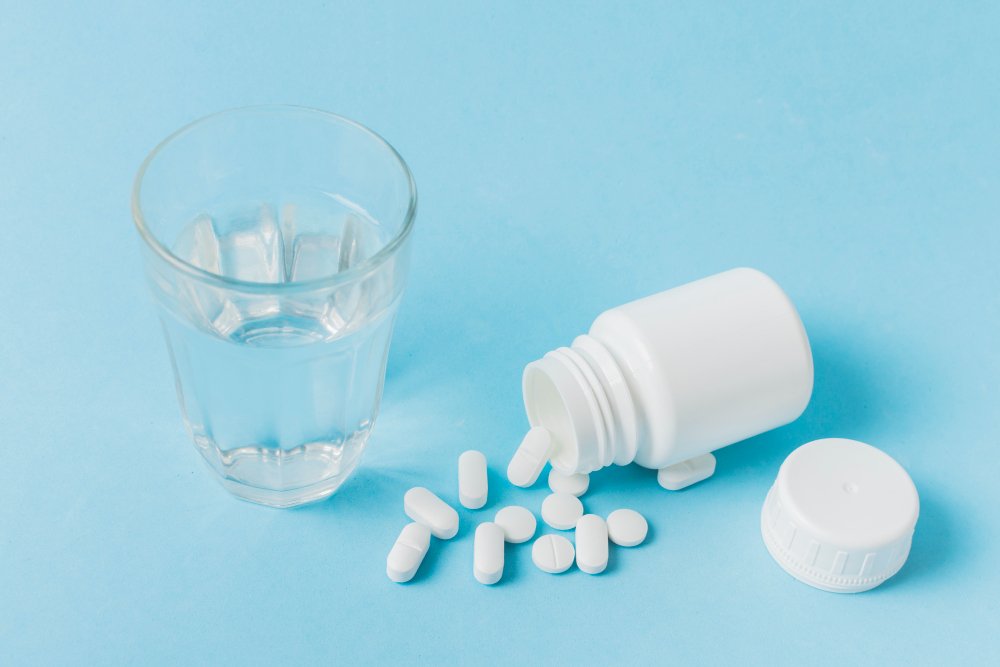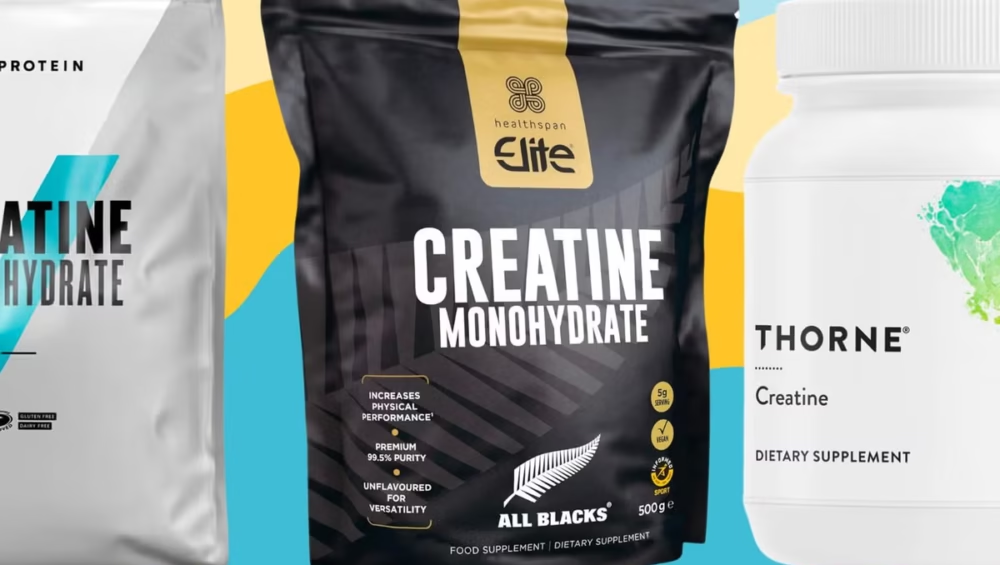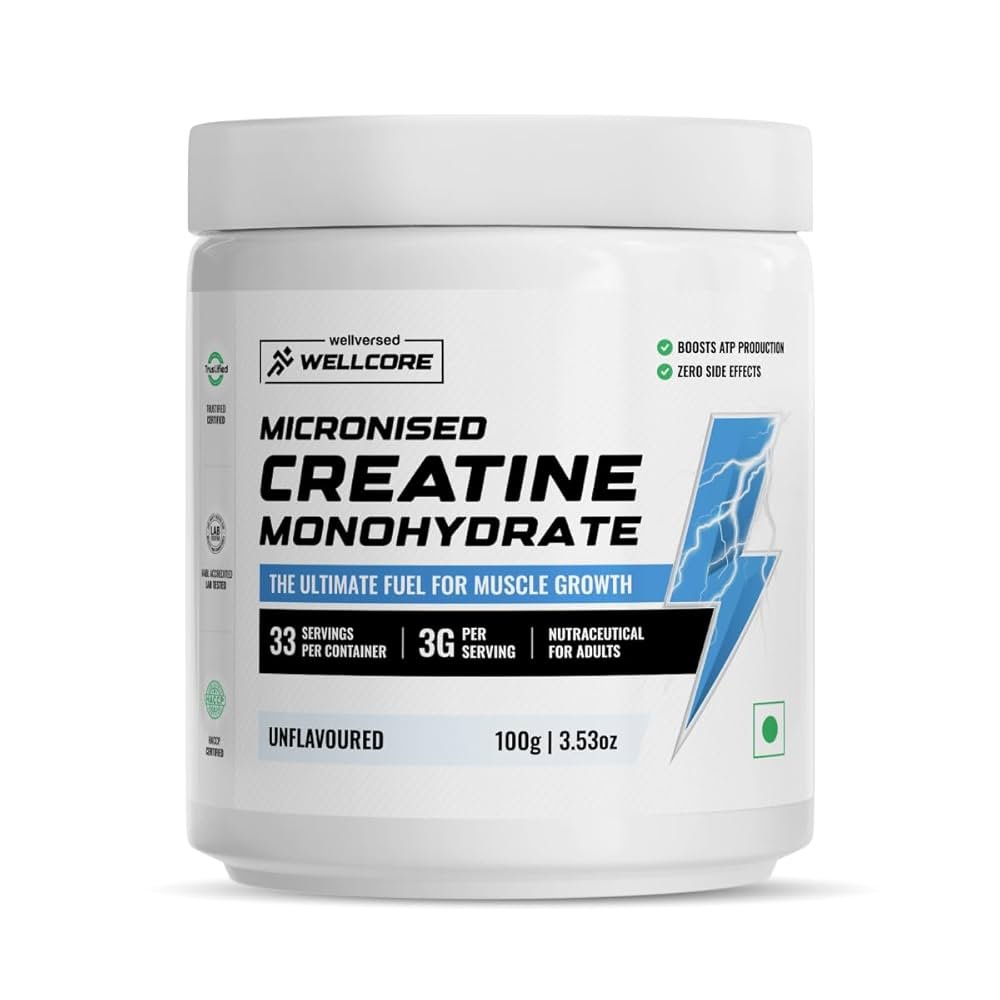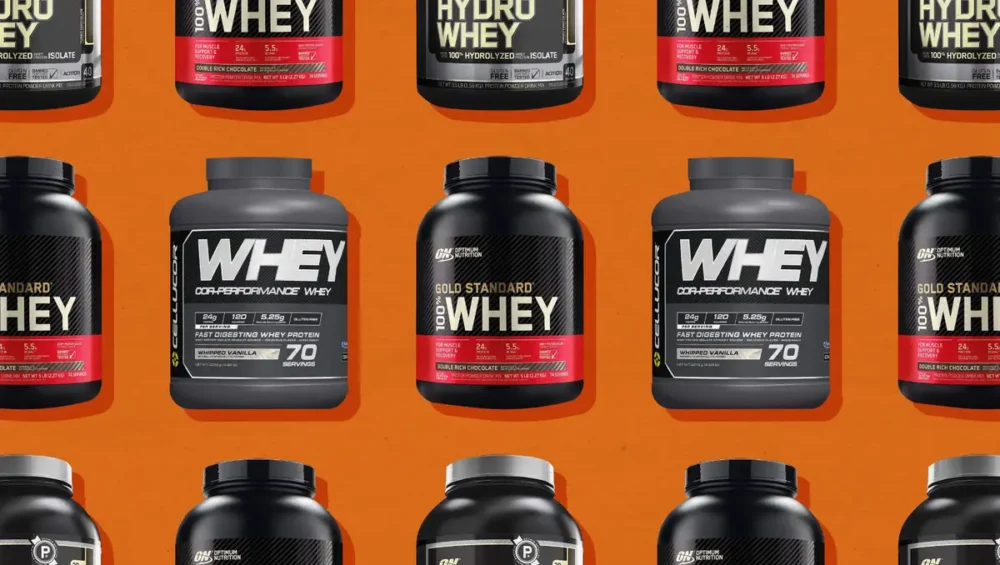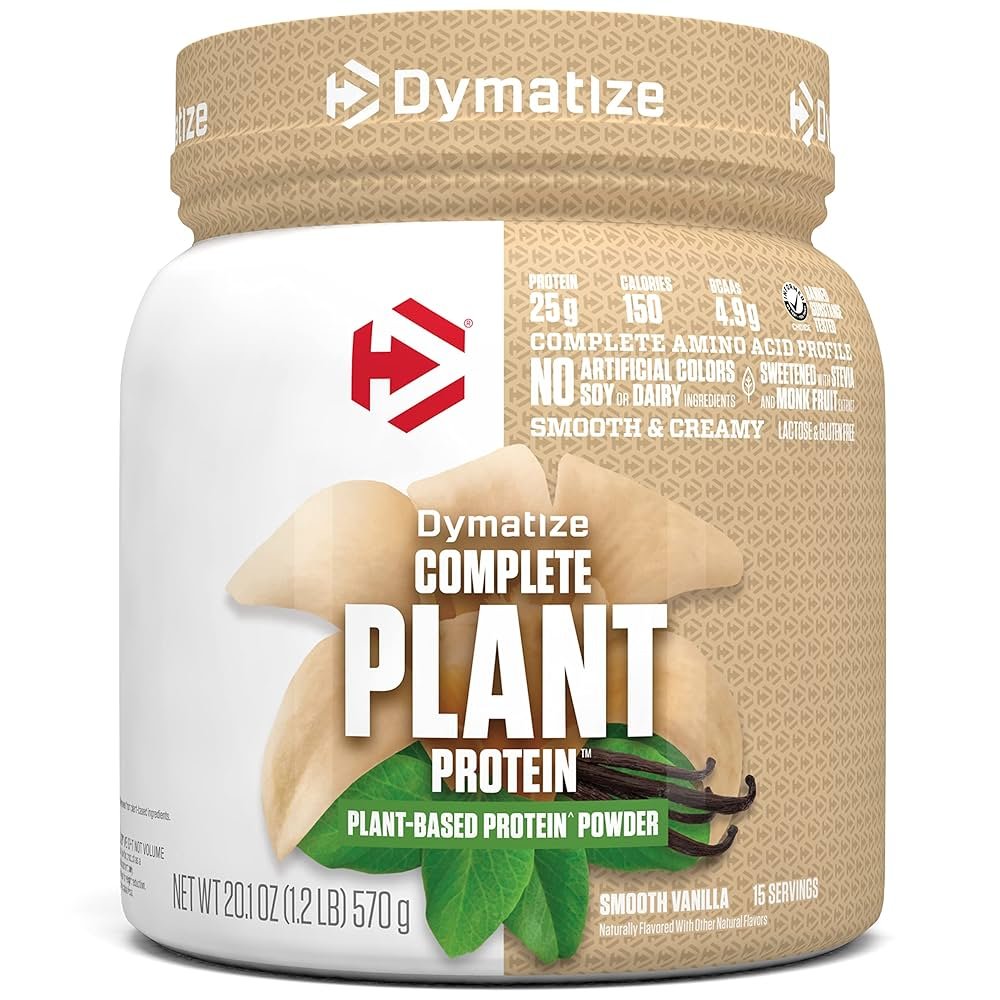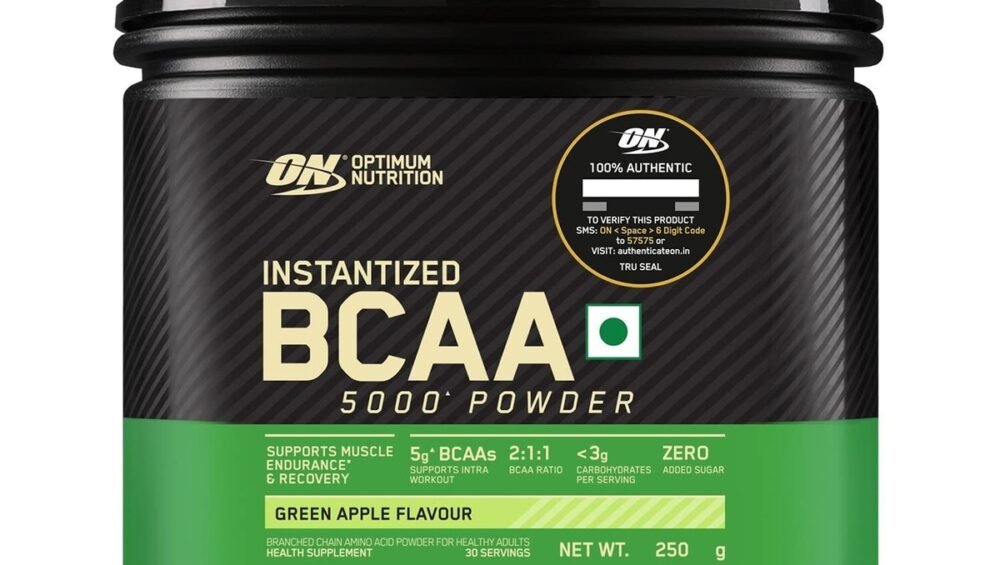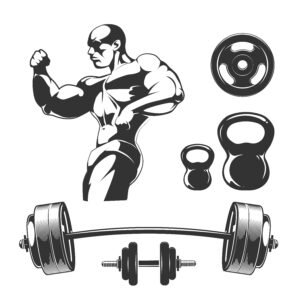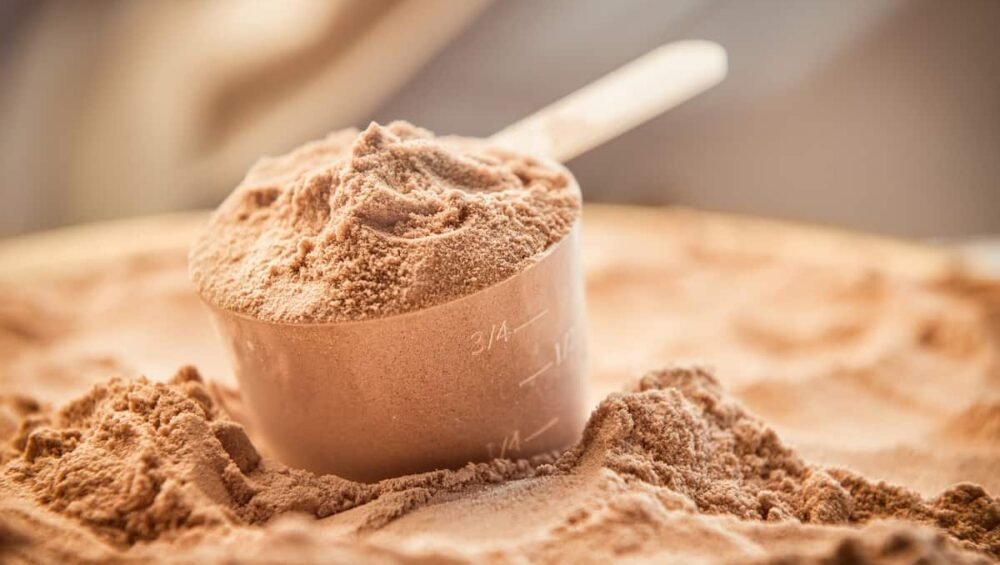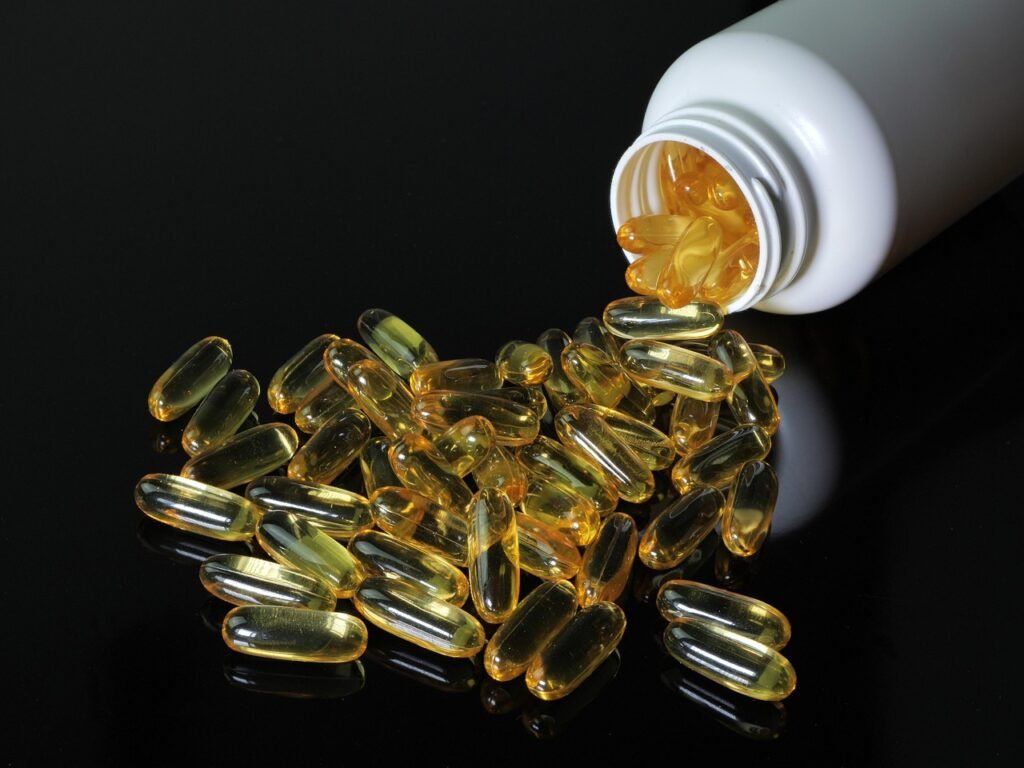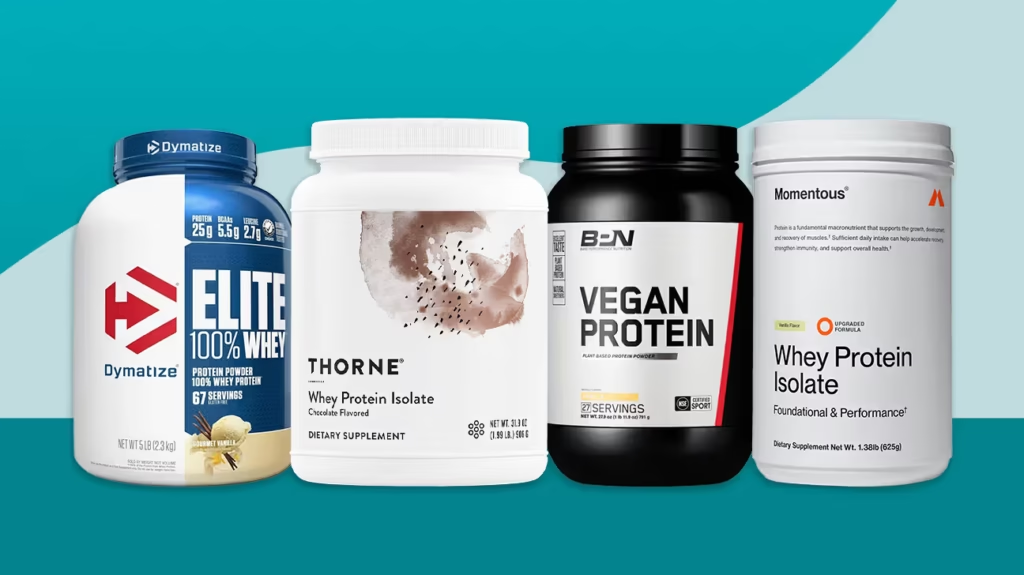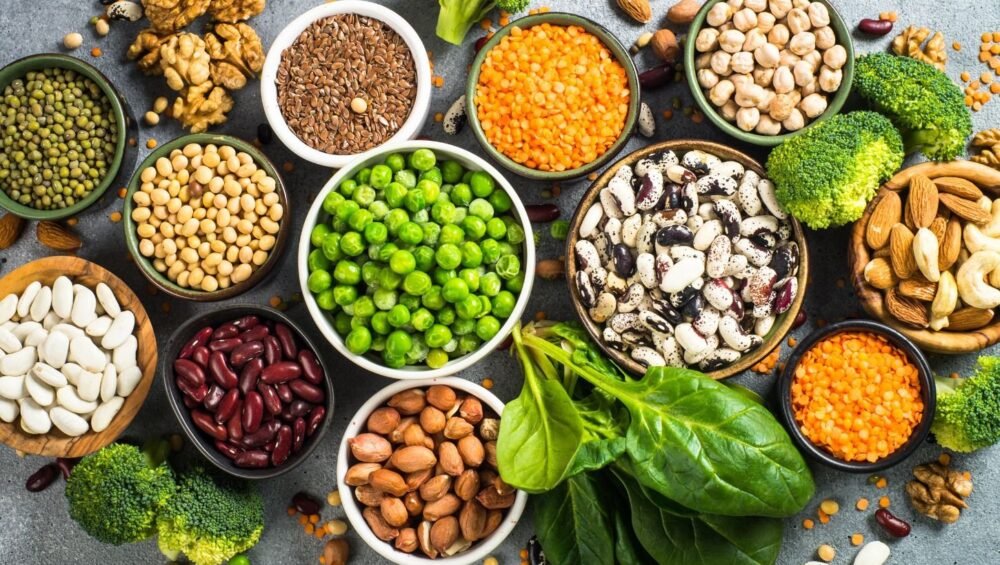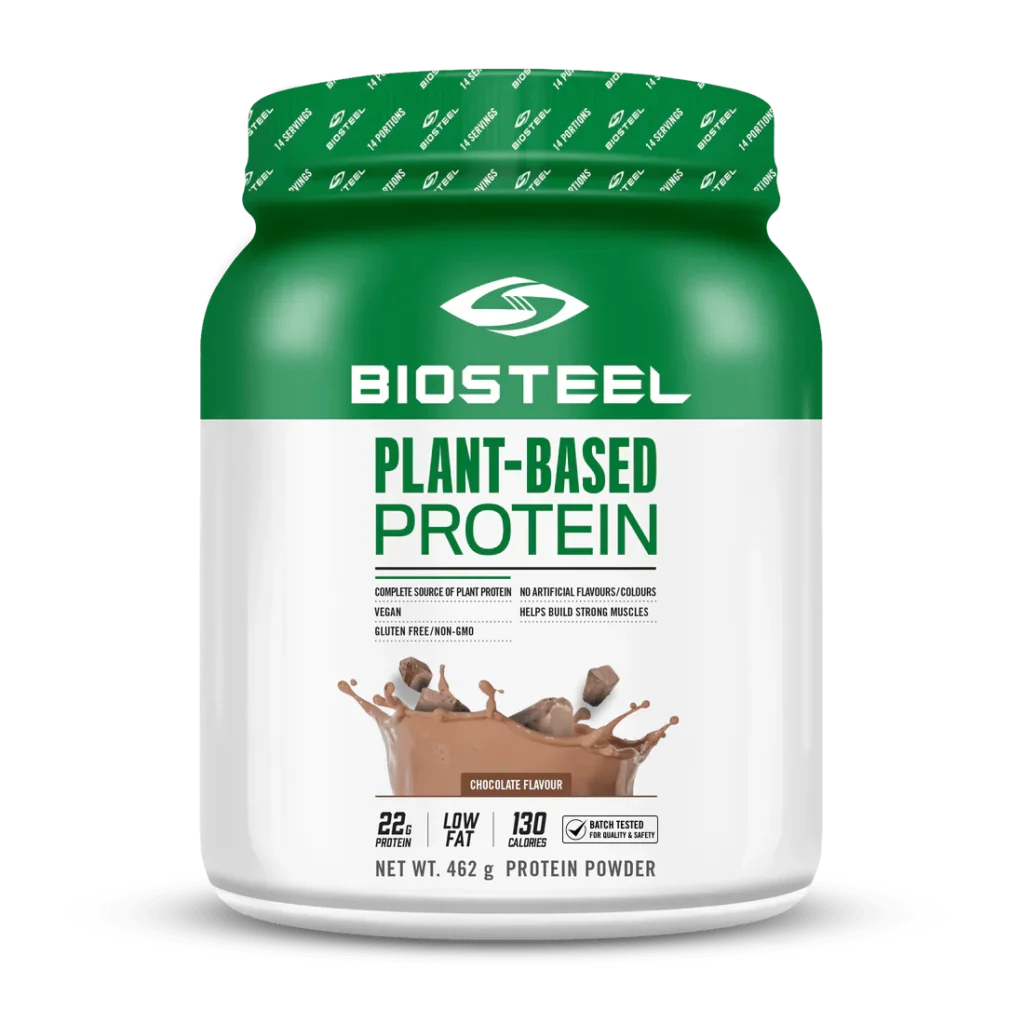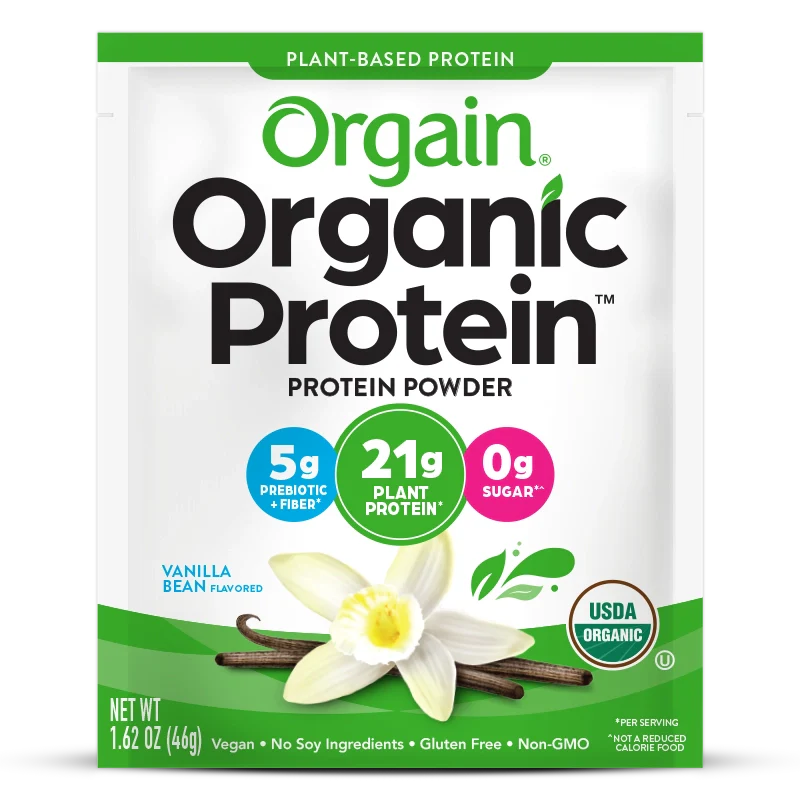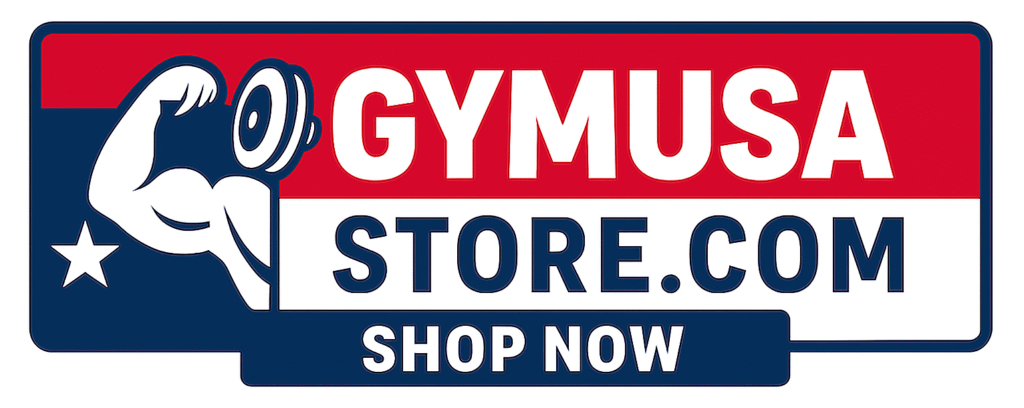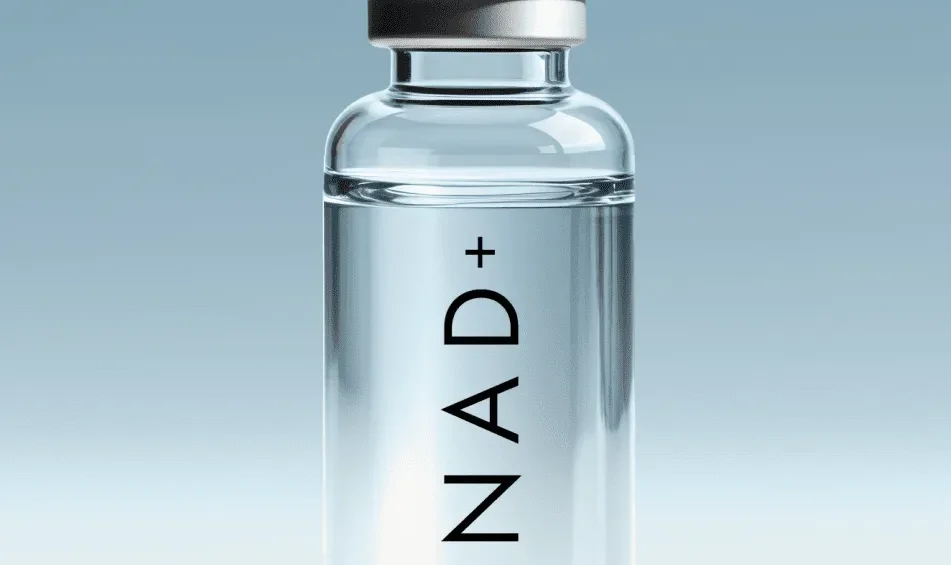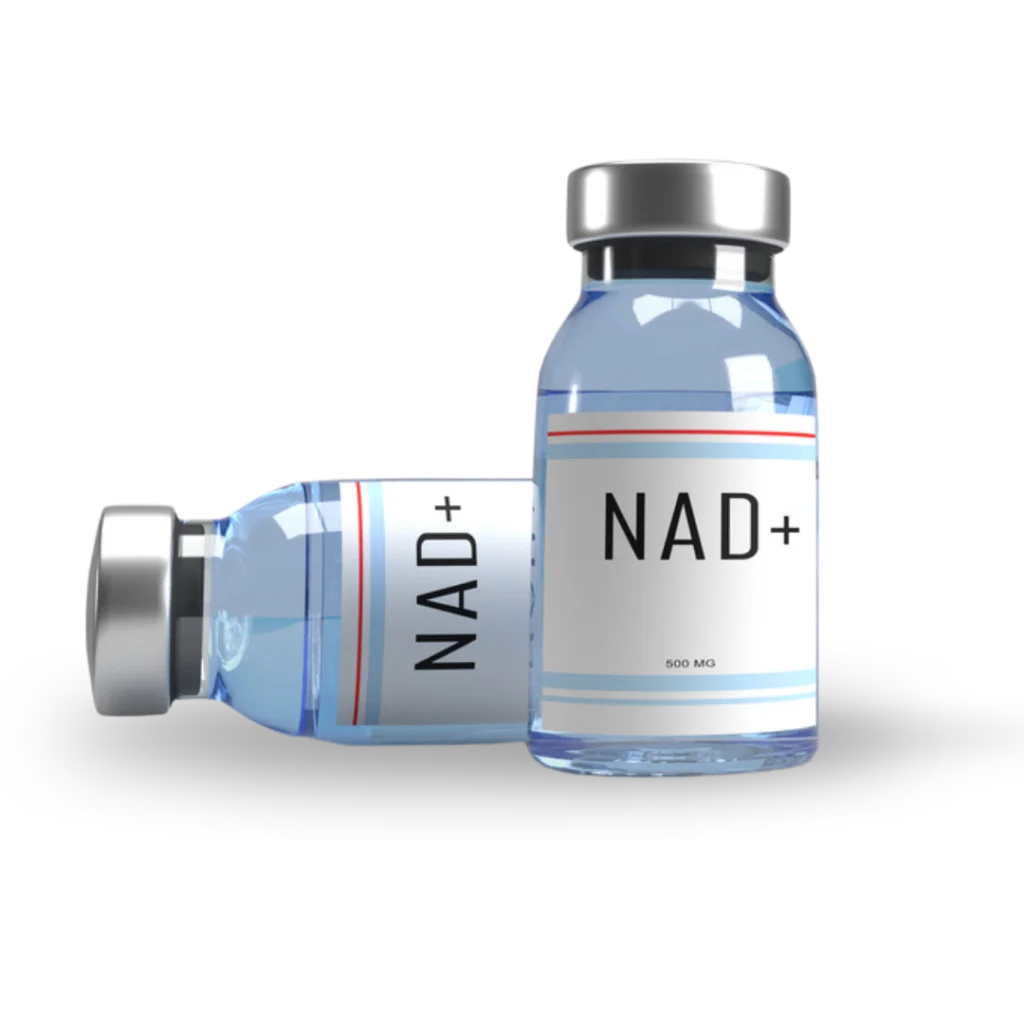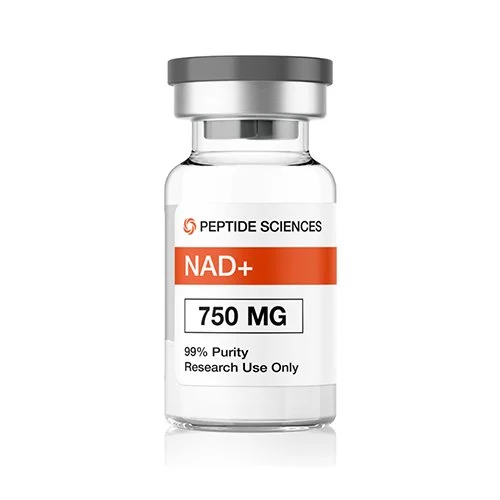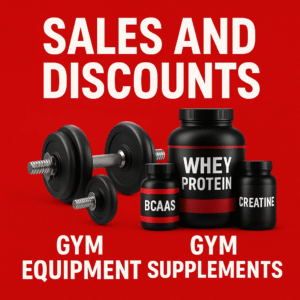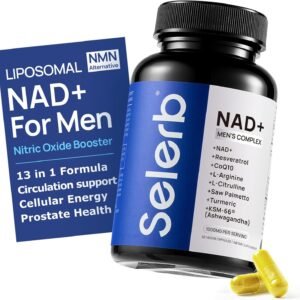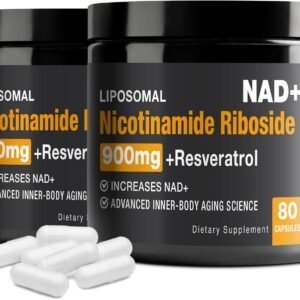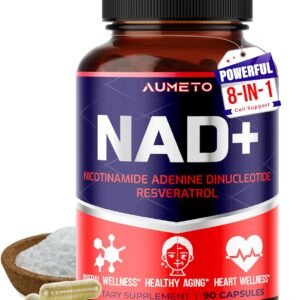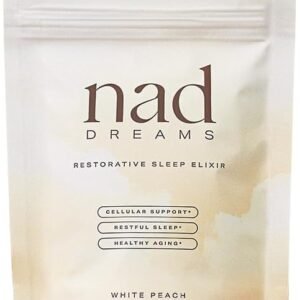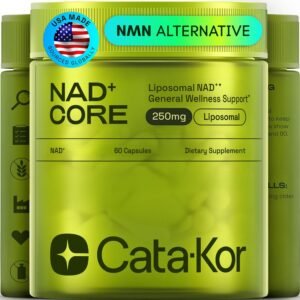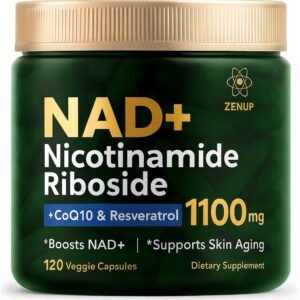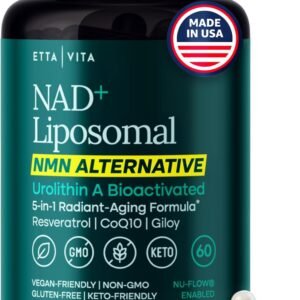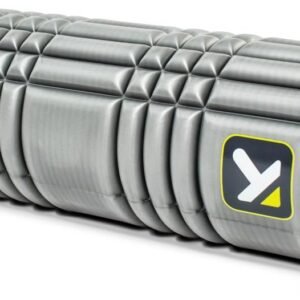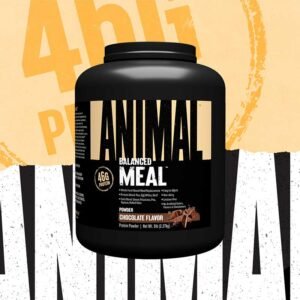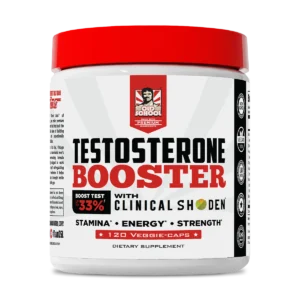In the vibrant, often overwhelming world of fitness and supplementation, few products capture the imagination quite like pre-workout. These potent concoctions promise to unlock new levels of energy, focus, and endurance, transforming even the most sluggish gym session into an electrifying performance. For many, the idea of a magic powder that instantly boosts performance is incredibly appealing. However, for beginners stepping into this arena, the sheer variety of products, complex ingredient lists, and often exaggerated claims can be daunting. This guide aims to cut through the noise, offering a straightforward, no-BS approach to understanding, choosing, and safely using pre-workout supplements.
So, what exactly is pre-workout? At its core, a pre-workout supplement is a multi-ingredient dietary formula designed to be taken before exercise to enhance athletic performance. These supplements typically contain a blend of ingredients such as caffeine, creatine, beta-alanine, and L-citrulline, each targeting different aspects of physical and mental readiness. The goal is to provide a temporary boost in energy, improve focus, increase endurance, and sometimes even aid in strength and muscle pump during a workout session.
For newcomers to fitness, the allure of pre-workout can be strong. It promises to make tough workouts easier, push through plateaus, and accelerate progress. Yet, without proper guidance, beginners can easily fall prey to misinformation, choose unsuitable products, or misuse supplements, leading to unpleasant side effects or even health risks. This guide is specifically crafted for those taking their first steps into the world of pre-workouts, emphasizing safety, effectiveness, and informed decision-making. We’ll demystify common ingredients, discuss potential benefits and risks, and provide practical advice on how to integrate these supplements responsibly into your fitness routine.
Before diving in, a crucial disclaimer: while this article provides comprehensive, research-backed information, it is not a substitute for professional medical advice. Always consult with a healthcare professional or a registered dietitian before starting any new supplement regimen, especially if you have pre-existing health conditions, are pregnant or breastfeeding, or are taking other medications. Your individual health profile and fitness goals should always guide your decisions regarding supplementation.
Understanding Pre-Workout: The Basics
Pre-workout supplements are a category of dietary aids formulated to optimize your body’s readiness for physical exertion. Unlike a single-ingredient supplement, pre-workouts are typically a blend of several compounds, each chosen for its purported ergogenic (performance-enhancing) effects. The primary objective is to maximize your workout potential by addressing various physiological and psychological factors that influence exercise performance.
Common goals that pre-workout supplements aim to achieve include:
•Increased Energy: Often driven by stimulants like caffeine, this helps combat fatigue and provides a feeling of alertness and vigor.
•Enhanced Focus: Ingredients such as L-theanine or tyrosine can help improve mental clarity and concentration, allowing you to stay
engaged and motivated during your session.
•Improved Endurance: Ingredients like beta-alanine and L-citrulline can help delay muscle fatigue, allowing for longer and more intense training sessions.
•Greater Strength and Power: Creatine monohydrate is a well-researched ingredient known for its ability to enhance strength and power output, particularly in short bursts of high-intensity activity.
•Better Muscle Pumps: L-citrulline and other nitric oxide boosters can increase blood flow to muscles, leading to a temporary increase in muscle volume and vascularity, often referred to as a “pump.”
The “Proprietary Blend” Problem
One of the most significant challenges for beginners (and even experienced users) in navigating the pre-workout market is the prevalence of “proprietary blends.” These are mixtures of ingredients where the total amount of the blend is listed, but the individual quantities of each ingredient within that blend are not disclosed. Manufacturers often claim this is to protect their unique formulas, but in reality, it can obscure underdosed ingredients or hide the presence of less effective, cheaper fillers.
For example, a proprietary blend might list several beneficial ingredients, but the actual amount of the most effective compounds could be far below the clinically effective dose. As research by Dr. Jagim and others has shown, many pre-workout formulations contain ingredients in amounts too small to offer significant performance benefits. This practice makes it impossible for consumers to know exactly what they are taking and in what quantities, making it difficult to assess effectiveness and potential risks. Beginners should be particularly wary of proprietary blends and prioritize products with fully transparent labels that clearly list the dosage of each active ingredient.
III. Key Ingredients: What’s Inside and What They Do
Understanding the core ingredients in pre-workout supplements is crucial for making informed choices. Here, we break down the most common and effective components, their mechanisms of action, typical dosages, and potential side effects.
A. Caffeine
Caffeine is arguably the most ubiquitous and well-researched ingredient in pre-workout supplements, and for good reason. It’s a central nervous system stimulant that can significantly impact exercise performance.
1.Effects: Caffeine primarily works by blocking adenosine, a neurotransmitter that promotes relaxation and drowsiness. By inhibiting adenosine, caffeine increases alertness, reduces perceived exertion, and enhances focus. It can also improve endurance performance, strength, and power output, particularly in activities lasting longer than 60 seconds [2].
2.Dosage for Beginners: For beginners, starting with a low dose is paramount due to varying individual sensitivities. A common recommendation is to begin with 100-150 mg of caffeine. The Mayo Clinic suggests consuming 3 to 6 milligrams (mg) of caffeine per kilogram (kg) of body weight about 30 to 60 minutes before a workout [3]. For a 70 kg (approximately 154 lbs) individual, this translates to 210-420 mg, but beginners should start at the lower end of this range or even below. It’s crucial to assess your tolerance gradually. Many pre-workouts offer single-scoop servings with around 180 mg of caffeine, which can be a good starting point, or even half a scoop if you are particularly sensitive [4].
3.Side Effects: While generally safe in moderate doses, caffeine can cause side effects, especially in sensitive individuals or at high doses. These include jitters, anxiety, increased heart rate, elevated blood pressure, and sleeplessness if taken too close to bedtime [5]. Healthline recommends limiting caffeine intake to 400 mg per day for healthy adults and being mindful of intake 9-13 hours before sleep to prevent insomnia [6].
B. Creatine Monohydrate
Creatine is one of the most scientifically validated supplements for improving strength and muscle mass. While often found in pre-workouts, it can also be taken as a standalone supplement.
1.Effects: Creatine helps regenerate adenosine triphosphate (ATP), the primary energy currency of cells, particularly during short bursts of high-intensity exercise like weightlifting or sprinting. This leads to increased strength, power output, and muscle growth over time [7].
2.Dosage and Loading Phase: The most common and effective dosage for creatine monohydrate is 3-5 grams per day. Some protocols suggest a
loading phase (20 grams per day for 5-7 days) to saturate muscle stores quickly, followed by a maintenance phase of 3-5 grams daily. However, a loading phase is not strictly necessary; consistent daily intake of 3-5 grams will achieve the same saturation over 3-4 weeks [8]. For beginners, simply adding 3-5 grams daily, either in their pre-workout or separately, is sufficient.
1.Side Effects: Creatine is generally considered safe for most healthy individuals. The most common side effect is water retention, which can lead to a slight increase in body weight. Some individuals may experience mild digestive issues like stomach upset or diarrhea, especially with higher doses, but these are rare and often mitigated by taking creatine with food or splitting the dose [9].
C. Beta-Alanine
Beta-alanine is a non-essential amino acid that plays a crucial role in enhancing muscular endurance.
1.Effects: Beta-alanine combines with histidine in muscles to form carnosine, which acts as a buffer against lactic acid buildup during high-intensity exercise. This buffering capacity helps delay the onset of muscle fatigue, allowing you to perform more repetitions or sustain intense activity for longer durations [10]. The most noticeable effect for many users is a tingling sensation.
2.Dosage and Managing Paresthesia: The effective daily dose of beta-alanine is typically 2-5 grams. For beginners, starting with a lower dose (e.g., 2 grams) is advisable. The tingling sensation, known as paresthesia, is a common and harmless side effect. It usually subsides with continued use or can be minimized by splitting the dose throughout the day or using sustained-release forms [11].
D. L-Citrulline/Citrulline Malate
L-Citrulline is an amino acid that has gained popularity for its ability to improve blood flow and exercise performance.
1.Effects: L-Citrulline is converted into L-arginine in the kidneys, which then increases nitric oxide production. Nitric oxide helps relax and widen blood vessels, leading to improved blood flow to working muscles. This can result in enhanced nutrient delivery, more efficient waste removal, better muscle pumps, and increased endurance [12]. Citrulline malate is a common form, which is L-citrulline bound to malic acid, believed to further enhance energy production.
2.Dosage: For performance benefits, the recommended dose of L-citrulline is 6-8 grams, or 8-10 grams of citrulline malate (typically a 2:1 ratio of citrulline to malate) [13]. Beginners should start at the lower end of this range.
3.Side Effects: L-Citrulline is generally well-tolerated. Some individuals may experience mild digestive discomfort or, rarely, headaches due to increased blood flow [14]. If headaches occur, reducing the dosage is recommended.
Worth to read: How Influencers Are Shaping Supplement Sales in the U.S.
E. BCAAs (Branched-Chain Amino Acids)
Branched-Chain Amino Acids (leucine, isoleucine, and valine) are often included in pre-workout formulas, though their utility as a pre-workout for beginners is often debated.
1.Effects: BCAAs are essential amino acids that play a role in muscle protein synthesis and can help reduce muscle soreness and fatigue during and after exercise [15].
2.When They Might Be Useful for Beginners: For individuals consuming adequate protein through their diet, supplementing with BCAAs pre-workout may not offer significant additional benefits. However, for beginners who might not be meeting their protein needs, or those training in a fasted state, BCAAs could potentially help preserve muscle mass and reduce muscle breakdown [16]. A typical dose is 5-10 grams.
F. Other Common Ingredients
Many other ingredients can be found in pre-workout supplements, each with specific purported benefits. Here are a few notable ones:
1.L-Theanine: Often paired with caffeine, L-theanine is an amino acid that can promote relaxation and focus without causing drowsiness. It helps to smooth out the stimulating effects of caffeine, reducing jitters and improving cognitive function [17].
2.Betaine Anhydrous: This compound is involved in cellular hydration and can support power output and endurance [18]. Doses typically range from 1.5-2.5 grams.
3.Niacin (Vitamin B3): Niacin is included for its role in energy metabolism. However, high doses can cause a temporary, harmless skin flush (redness, itching, tingling) known as the “niacin flush” [19]. It’s advisable to keep niacin doses below 500 mg to avoid this, or take aspirin/ibuprofen beforehand if sensitive [20].
4.Taurine: An amino acid that supports hydration and electrolyte balance, and may help reduce muscle damage and fatigue [21].
5.Tyrosine: An amino acid precursor to neurotransmitters like dopamine and norepinephrine, which can enhance focus and mood, especially under stress [22].
IV. Safety First: Essential Considerations for Beginners
While pre-workout supplements can be effective tools, safety should always be the top priority, especially for beginners. Understanding and adhering to safe usage practices can prevent adverse effects and ensure a positive experience.
A. Start with a Low Dose
This is perhaps the most critical piece of advice for any beginner. Individual responses to pre-workout ingredients, particularly stimulants like caffeine, can vary wildly. Always start with half of the recommended serving size, or even less, to assess your tolerance. Gradually increase the dose only if you feel comfortable and need a stronger effect [23].
B. Assess Tolerance
After taking a low dose, pay close attention to how your body reacts. Look for any signs of discomfort, such as excessive jitters, nausea, rapid heart rate, or headaches. If you experience significant adverse effects, discontinue use or reduce the dose further. It may take a few sessions to understand your body’s unique response to the various ingredients.
C. Avoid Proprietary Blends
As discussed earlier, proprietary blends obscure the exact dosages of ingredients. For beginners, this lack of transparency is a red flag. Opt for products that clearly list the amount of each active ingredient. This allows you to know exactly what you’re consuming and to adjust dosages based on your tolerance and needs [24].
D. Check for Third-Party Testing
Supplement regulation is not as stringent as pharmaceutical regulation. To ensure product quality, purity, and that the label accurately reflects the contents, look for pre-workouts that have been third-party tested by organizations like NSF Certified for Sport, Informed-Sport, or USP. These certifications indicate that the product has been tested for banned substances and contaminants, and that it contains the ingredients listed on the label in the stated amounts [25].
E. Consult a Healthcare Professional
Before incorporating any new supplement into your routine, it is always wise to consult with a doctor, registered dietitian, or a qualified healthcare provider. This is especially important if you:
•Have any pre-existing medical conditions (e.g., heart conditions, high blood pressure, anxiety disorders).
•Are taking any prescription medications, as pre-workout ingredients can interact with certain drugs.
•Are pregnant or breastfeeding.
•Are under 18 years old.
F. Who Should Avoid Pre-Workout?
Certain individuals should generally avoid pre-workout supplements due to potential health risks:
•Individuals under 18 years old: The long-term effects of pre-workout ingredients on developing bodies are not well-studied, and the high stimulant content can be particularly risky for younger individuals [26].
•People with heart conditions or high blood pressure: The stimulant effects of caffeine and other ingredients can elevate heart rate and blood pressure, posing serious risks for those with cardiovascular issues [27].
•Individuals with extreme caffeine sensitivity: If even a small amount of coffee makes you jittery or anxious, a pre-workout with significant caffeine content is likely to cause discomfort.
•Pregnant or breastfeeding individuals: The effects of many pre-workout ingredients on fetal development or breast milk are not fully understood, making avoidance the safest option.
G. Hydration and Nutrition Basics
No supplement, including pre-workout, can replace the fundamentals of good nutrition and hydration. Ensure you are consistently eating a balanced diet rich in whole foods and staying adequately hydrated throughout the day. Pre-workout supplements are meant to complement, not substitute, these foundational elements of a healthy lifestyle [28].
V. Timing and Usage: Maximizing Effectiveness
Proper timing and usage strategies are key to getting the most out of your pre-workout supplement while minimizing potential downsides.
A. When to Take Pre-Workout
Most pre-workout supplements are designed to be taken approximately 30 to 60 minutes before your workout [29]. This timeframe allows sufficient time for the active ingredients, particularly caffeine, to be absorbed into your bloodstream and begin exerting their effects. The exact onset and duration of effects can vary based on individual metabolism and the specific ingredients in the product.
•Caffeine: Typically takes 30-60 minutes to reach peak blood levels.
•Beta-Alanine: The tingling sensation usually starts within 15-20 minutes.
•L-Citrulline: Effects on blood flow can begin within 30-60 minutes.
Experiment within this window to find what works best for you. Some individuals might feel the effects sooner, while others might need a bit more time.
B. Cycling Pre-Workout
Regular, continuous use of stimulant-based pre-workouts can lead to a buildup of tolerance, meaning you’ll need higher doses to achieve the same effects. This is particularly true for caffeine. To maintain sensitivity and effectiveness, it’s advisable to cycle your pre-workout usage.
•Why Cycle? Cycling helps prevent your body from adapting to the stimulants, ensuring that when you do use pre-workout, you get the full benefit. It also allows your body to reset and reduces the risk of dependency or over-reliance.
•How to Cycle: A common approach is to use pre-workout for 4-8 weeks, followed by a 1-2 week break. During the break, you can opt for a stim-free pre-workout or simply rely on your natural energy. Alternatively, only use pre-workout on your most demanding training days, saving it for when you truly need an extra boost.
C. Don’t Rely Solely on Pre-Workout
It’s crucial to remember that pre-workout supplements are just that—supplements. They are not a substitute for fundamental aspects of a healthy and effective fitness regimen. Prioritize:
•Adequate Sleep: 7-9 hours of quality sleep per night is paramount for recovery, energy levels, and overall performance.
•Proper Nutrition: A balanced diet providing sufficient macronutrients (protein, carbohydrates, fats) and micronutrients is the foundation of energy and muscle growth.
•Consistent Training: Regular, well-structured workouts are what drive progress, not supplements alone.
Pre-workout should be seen as a tool to occasionally enhance these foundational elements, not replace them.
D. Combining with Other Supplements
For beginners, keeping supplementation simple is often best. If you choose to use pre-workout, consider combining it with other foundational supplements that have strong scientific backing:
•Protein Powder: Essential for muscle repair and growth, especially if dietary protein intake is insufficient.
•Creatine Monohydrate: As discussed, creatine can be taken daily, independent of pre-workout timing, for long-term strength and muscle gain benefits.
Avoid stacking multiple stimulant-heavy supplements, as this can lead to excessive caffeine intake and increased risk of side effects.
VI. Potential Side Effects and How to Manage Them
Even with careful usage, some individuals may experience side effects from pre-workout supplements. Knowing what to expect and how to manage these can help ensure a more comfortable experience.
A. Jitters and Anxiety (Caffeine)
•Cause: Overstimulation from caffeine.
•Management: Reduce dosage, opt for lower-caffeine or stim-free options, ensure adequate hydration, and avoid taking pre-workout on an empty stomach.
B. Tingling (Beta-Alanine)
•Cause: Paresthesia, a harmless neurological response to beta-alanine.
•Management: This sensation usually subsides with continued use. Splitting the dose or using a sustained-release form can also help reduce its intensity.
C. Digestive Upset (Various Ingredients)
•Cause: Ingredients like sodium bicarbonate, magnesium, or high doses of certain compounds can irritate the digestive system.
•Management: Reduce dosage, take with a small amount of food, or try a different brand/formula. Ensure you are well-hydrated.
D. Headaches (Citrulline, Caffeine)
•Cause: Increased blood flow (citrulline) or dehydration/caffeine sensitivity.
•Management: Reduce dosage of citrulline, ensure proper hydration, and monitor caffeine intake. If persistent, discontinue use.
E. Sleeplessness (Caffeine)
•Cause: Taking stimulant-based pre-workout too late in the day.
•Management: Avoid taking pre-workout within 6-8 hours of bedtime. Opt for stim-free options for evening workouts.
F. Skin Reactions (Niacin Flush)
•Cause: High doses of niacin.
•Management: Choose products with lower niacin content or none at all. The flush is harmless and temporary.
G. Heart Irregularities (High Doses, Sensitive Individuals)
•Cause: Excessive stimulant intake, especially in individuals with underlying heart conditions.
•Management: This is a serious concern. If you experience heart palpitations, chest pain, or irregular heartbeat, discontinue use immediately and seek medical attention. Always consult a doctor before use if you have a heart condition.
Learn also about post-workout regime
VII. Choosing Your First Pre-Workout: Recommendations
Navigating the vast market of pre-workout supplements can be overwhelming. For beginners, the goal is to find a product that is effective, safe, and transparent. Here are some recommendations and considerations:
A. Stim-Free Options
For those sensitive to caffeine or who train in the evenings, stim-free pre-workouts are an excellent choice. These products focus on ingredients that enhance blood flow, endurance, and focus without the stimulating effects. Look for products rich in L-citrulline, beta-alanine, and betaine anhydrous.
B. Low-Stim Options
If you want a gentle energy boost without the intensity of high-stim formulas, opt for products with lower caffeine content (e.g., 100-150 mg per serving). Many brands offer
versions of their popular pre-workouts with reduced caffeine. For example, C4 Sport is often recommended for beginners due to its moderate caffeine content and third-party testing [30].
C. Products with Transparent Labels
Always prioritize products that clearly list all ingredients and their exact dosages. Avoid proprietary blends. This transparency allows you to make informed decisions and understand exactly what you are putting into your body.
D. Examples of Beginner-Friendly Products
Based on research and expert recommendations, some pre-workouts are often cited as good starting points for beginners due to their balanced formulas and transparent labeling:
•Jacked Factory NitroSurge: Praised for its transparent label, moderate caffeine (180mg per scoop), and inclusion of L-citrulline, beta-alanine, and betaine anhydrous. It also offers flexible dosing with single or double scoops [31].
•C4 Sport: A third-party tested option with a moderate caffeine content, suitable for occasional users or beginners [32].
•Transparent Labs BULK: While potentially more potent, it has a fully transparent label and is formulated to support muscle gain, making it a good choice for beginners focused on strength, provided they start with a lower dose [33].
•Naked Nutrition Stim-Free: An excellent option for those who want to avoid stimulants entirely, focusing on performance-enhancing ingredients without caffeine.
VIII. Conclusion
Embarking on your fitness journey is an exciting endeavor, and pre-workout supplements can be a valuable tool to enhance your performance and motivation. However, like any powerful tool, they must be used wisely and responsibly. For beginners, the key lies in education, caution, and a commitment to listening to your body.
This guide has aimed to provide a no-BS approach to understanding pre-workouts, demystifying their ingredients, highlighting safety considerations, and offering practical advice on usage. We’ve covered the essential components like caffeine, creatine, beta-alanine, and L-citrulline, explaining their roles and appropriate dosages. We’ve also stressed the critical importance of starting with low doses, assessing individual tolerance, avoiding proprietary blends, and seeking third-party tested products.
Remember, pre-workout supplements are not magic pills. They are designed to complement a solid foundation of consistent training, proper nutrition, and adequate rest. They can provide that extra edge on days when you need it most, helping you push through challenging workouts and achieve your fitness goals more effectively. However, over-reliance or misuse can lead to unwanted side effects and diminish their long-term benefits.
By arming yourself with knowledge and approaching pre-workout usage thoughtfully, you can safely and effectively harness their potential. Make informed choices, prioritize your health, and enjoy the boosted energy, focus, and endurance that a well-chosen pre-workout can offer. Your fitness journey is a marathon, not a sprint, and smart supplementation can help you go the distance.
IX. References
[1] Mayo Clinic Press. “Preworkout supplements: What’s safe? What should you avoid?” July 31, 2024. Available at: https://mcpress.mayoclinic.org/nutrition-fitness/preworkout-supplements-whats-safe-what-should-you-avoid/
[2] Texas Health. “What You Need to Know About Pre-Workout Supplements.” December 20, 2023. Available at: https://www.texashealth.org/areyouawellbeing/Staying-Fit/What-You-Need-to-Know-About-Pre-Workout-Supplements
[3] Mayo Clinic Press. “Preworkout supplements: What’s safe? What should you avoid?” July 31, 2024. Available at: https://mcpress.mayoclinic.org/nutrition-fitness/preworkout-supplements-whats-safe-what-should-you-avoid/
[4] Garage Gym Reviews. “Best Pre-Workout for Beginners (2025).” Updated September 8, 2025. Available at: https://www.garagegymreviews.com/best-pre-workout-for-beginners
[5] Healthline. “5 Side Effects of Pre-Workout Supplements.” May 8, 2025. Available at: https://www.healthline.com/nutrition/pre-workout-side-effects
[6] Healthline. “5 Side Effects of Pre-Workout Supplements.” May 8, 2025. Available at: https://www.healthline.com/nutrition/pre-workout-side-effects
[7] GNC. “Common Pre-Workout Ingredients And What They Do.” November 11, 2021. Available at: https://www.gnc.com/learn/fitness/common-preworkout-ingredients.html
[8] ProSupps. “A Guide to Common Pre-Workout Ingredients and Their Dosages.” May 19, 2021. Available at: https://prosupps.com/blogs/articles/a-guide-to-common-pre-workout-ingredients-and-their-dosages
[9] Healthline. “5 Side Effects of Pre-Workout Supplements.” May 8, 2025. Available at: https://www.healthline.com/nutrition/pre-workout-side-effects
[10] GNC. “Common Pre-Workout Ingredients And What They Do.” November 11, 2021. Available at: https://www.gnc.com/learn/fitness/common-preworkout-ingredients.html
[11] Healthline. “5 Side Effects of Pre-Workout Supplements.” May 8, 2025. Available at: https://www.healthline.com/nutrition/pre-workout-side-effects
[12] GNC. “Common Pre-Workout Ingredients And What They Do.” November 11, 2021. Available at: https://www.gnc.com/learn/fitness/common-preworkout-ingredients.html
[13] ProSupps. “A Guide to Common Pre-Workout Ingredients and Their Dosages.” May 19, 2021. Available at: https://prosupps.com/blogs/articles/a-guide-to-common-pre-workout-ingredients-and-their-dosages
[14] Healthline. “5 Side Effects of Pre-Workout Supplements.” May 8, 2025. Available at: https://www.healthline.com/nutrition/pre-workout-side-effects
[15] Healthline. “Should You Take Pre-Workout Supplements?” August 16, 2019. Available at: https://www.healthline.com/nutrition/pre-workout-supplements
[16] Healthline. “Should You Take Pre-Workout Supplements?” August 16, 2019. Available at: https://www.healthline.com/nutrition/pre-workout-supplements
[17] ProSupps. “10 Common Ingredients In Pre-Workout Supplements And What They Actually Do.” June 4, 2021. Available at: https://prosupps.com/blogs/articles/10-common-ingredients-in-pre-workout-supplements-and-what-they-actually-do
[18] Garage Gym Reviews. “Best Pre-Workout for Beginners (2025).” Updated September 8, 2025. Available at: https://www.garagegymreviews.com/best-pre-workout-for-beginners
[19] Healthline. “5 Side Effects of Pre-Workout Supplements.” May 8, 2025. Available at: https://www.healthline.com/nutrition/pre-workout-side-effects
[20] Healthline. “5 Side Effects of Pre-Workout Supplements.” May 8, 2025. Available at: https://www.healthline.com/nutrition/pre-workout-side-effects
[21] ProSupps. “10 Common Ingredients In Pre-Workout Supplements And What They Actually Do.” June 4, 2021. Available at: https://prosupps.com/blogs/articles/10-common-ingredients-in-pre-workout-supplements-and-what-they-actually-do
[22] ProSupps. “10 Common Ingredients In Pre-Workout Supplements And What They Actually Do.” June 4, 2021. Available at: https://prosupps.com/blogs/articles/10-common-ingredients-in-pre-workout-supplements-and-what-they-actually-do
[23] ProSupps. “A Guide to Common Pre-Workout Ingredients and Their Dosages.” May 19, 2021. Available at: https://prosupps.com/blogs/articles/a-guide-to-common-pre-workout-ingredients-and-their-dosages
[24] Mayo Clinic Press. “Preworkout supplements: What’s safe? What should you avoid?” July 31, 2024. Available at: https://mcpress.mayoclinic.org/nutrition-fitness/preworkout-supplements-whats-safe-what-should-you-avoid/
[25] NSCA. “Pre-Workout Supplements – An Evidence-Based Guide.” Available at: https://www.nsca.com/education/articles/ptq/pre-workout-supplements-an-evidence–based-guide/
[26] UH Hospitals. “Pre-Workout Supplements: Are They Worth Taking?” May 2, 2025. Available at: https://www.uhhospitals.org/blog/articles/2025/05/pre-workout-supplements-are-they-worth-taking
[27] UH Hospitals. “Pre-Workout Supplements: Are They Worth Taking?” May 2, 2025. Available at: https://www.uhhospitals.org/blog/articles/2025/05/pre-workout-supplements-are-they-worth-taking
[28] GoodRx. “What Does Preworkout Do? Benefits, Risks, and More.” Available at: https://www.goodrx.com/well-being/movement-exercise/what-does-preworkout-do
[29] Garage Gym Reviews. “When to Take Pre-Workout: Tips from a Nutrition Coach.” June 14, 2024. Available at: https://www.garagegymreviews.com/when-to-take-pre-workout
[30] Garage Gym Reviews. “Best Pre-Workout for Beginners (2025).” Updated September 8, 2025. Available at: https://www.garagegymreviews.com/best-pre-workout-for-beginners
[31] Garage Gym Reviews. “Best Pre-Workout for Beginners (2025).” Updated September 8, 2025. Available at: https://www.garagegymreviews.com/best-pre-workout-for-beginners
[32] Garage Gym Reviews. “Best Pre-Workout for Beginners (2025).” Updated September 8, 2025. Available at: https://www.garagegymreviews.com/best-pre-workout-for-beginners
[33] Garage Gym Reviews. “Best Pre-Workout for Beginners (2025).” Updated September 8, 2025. Available at:



